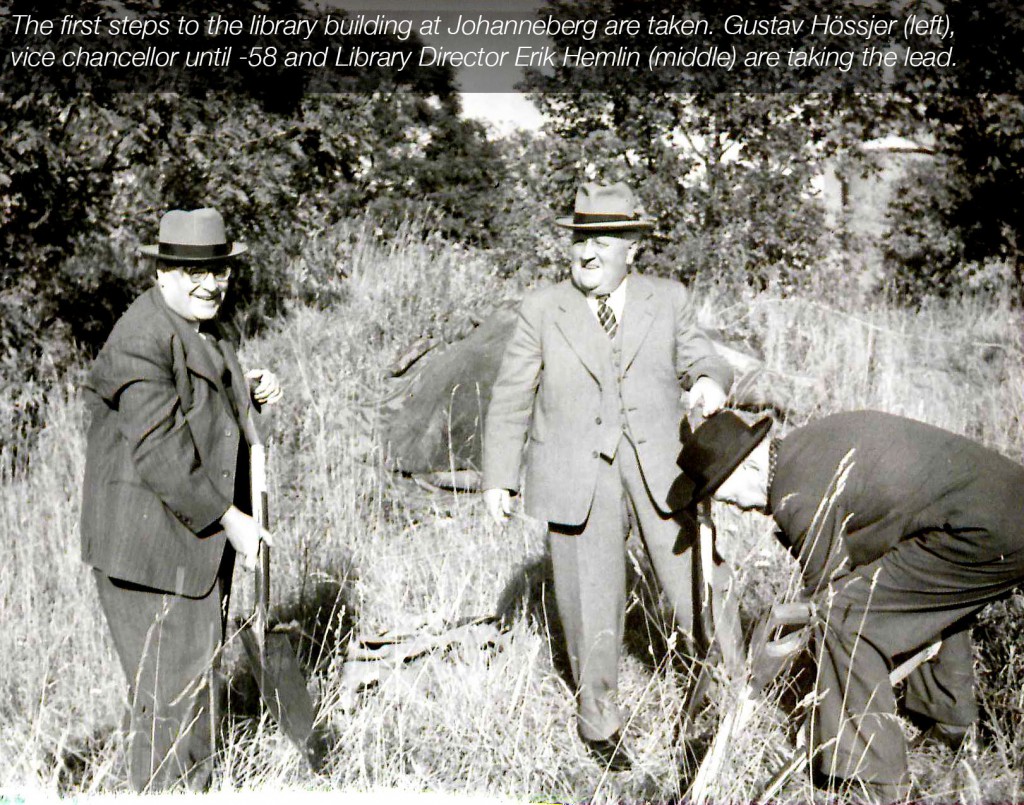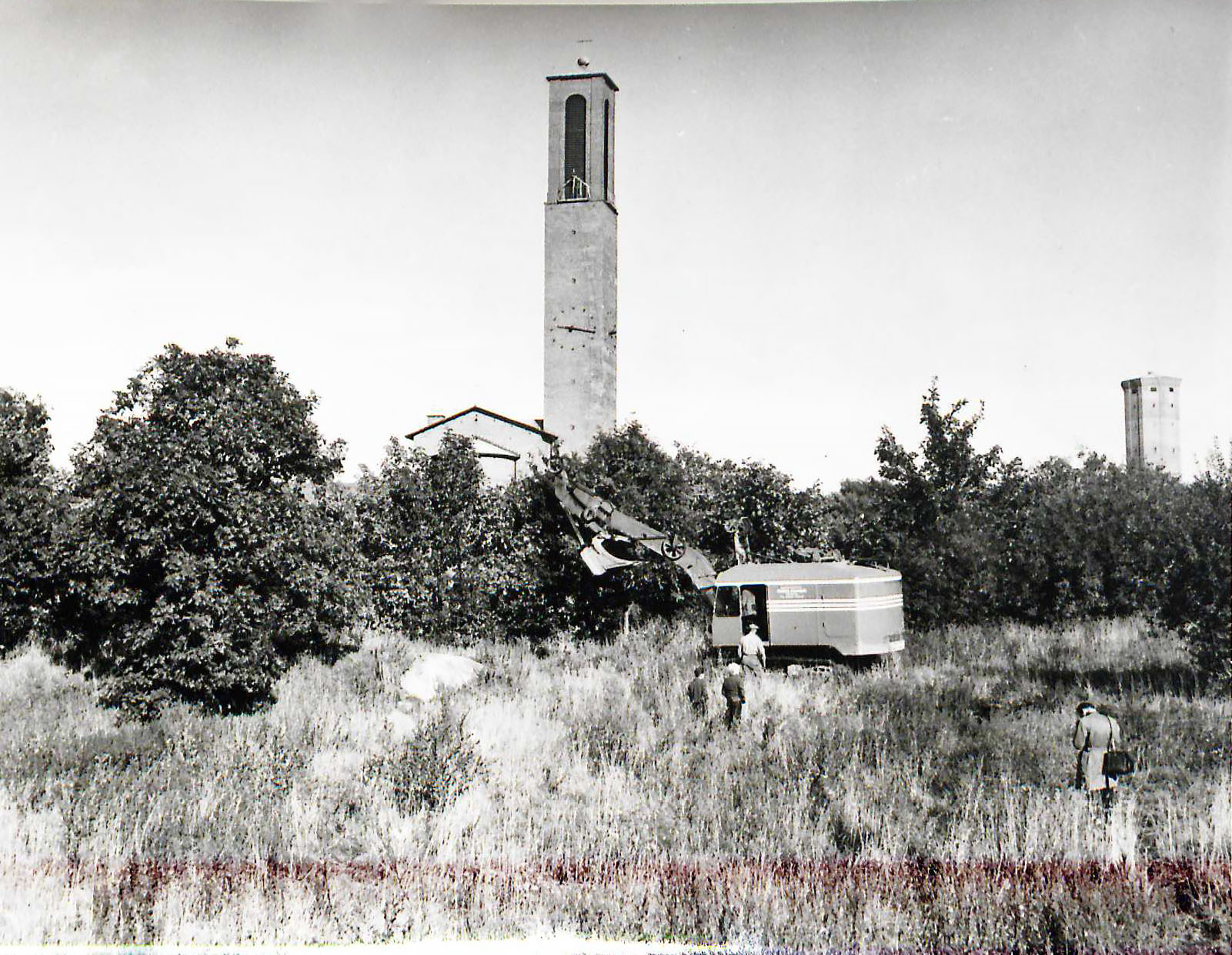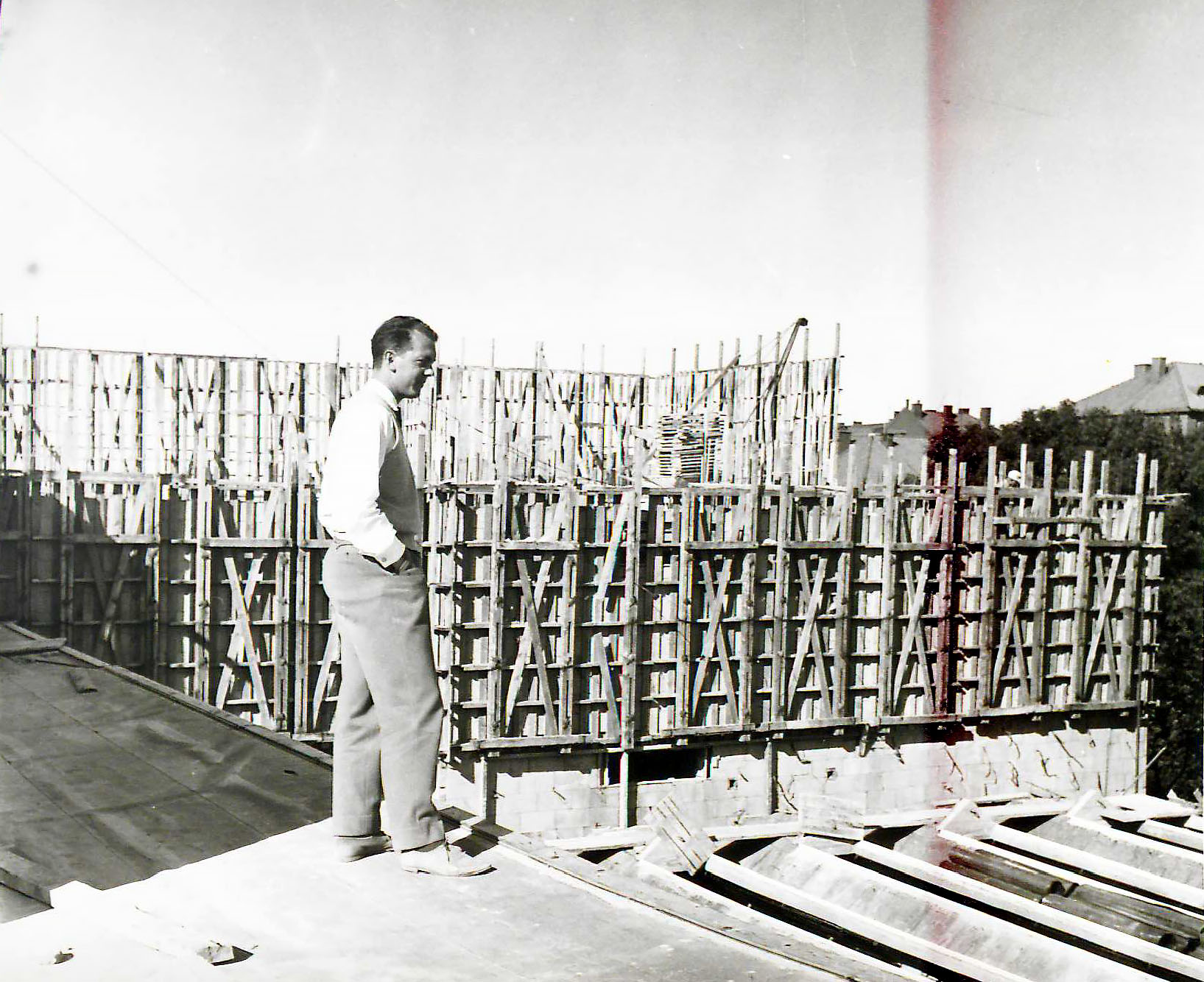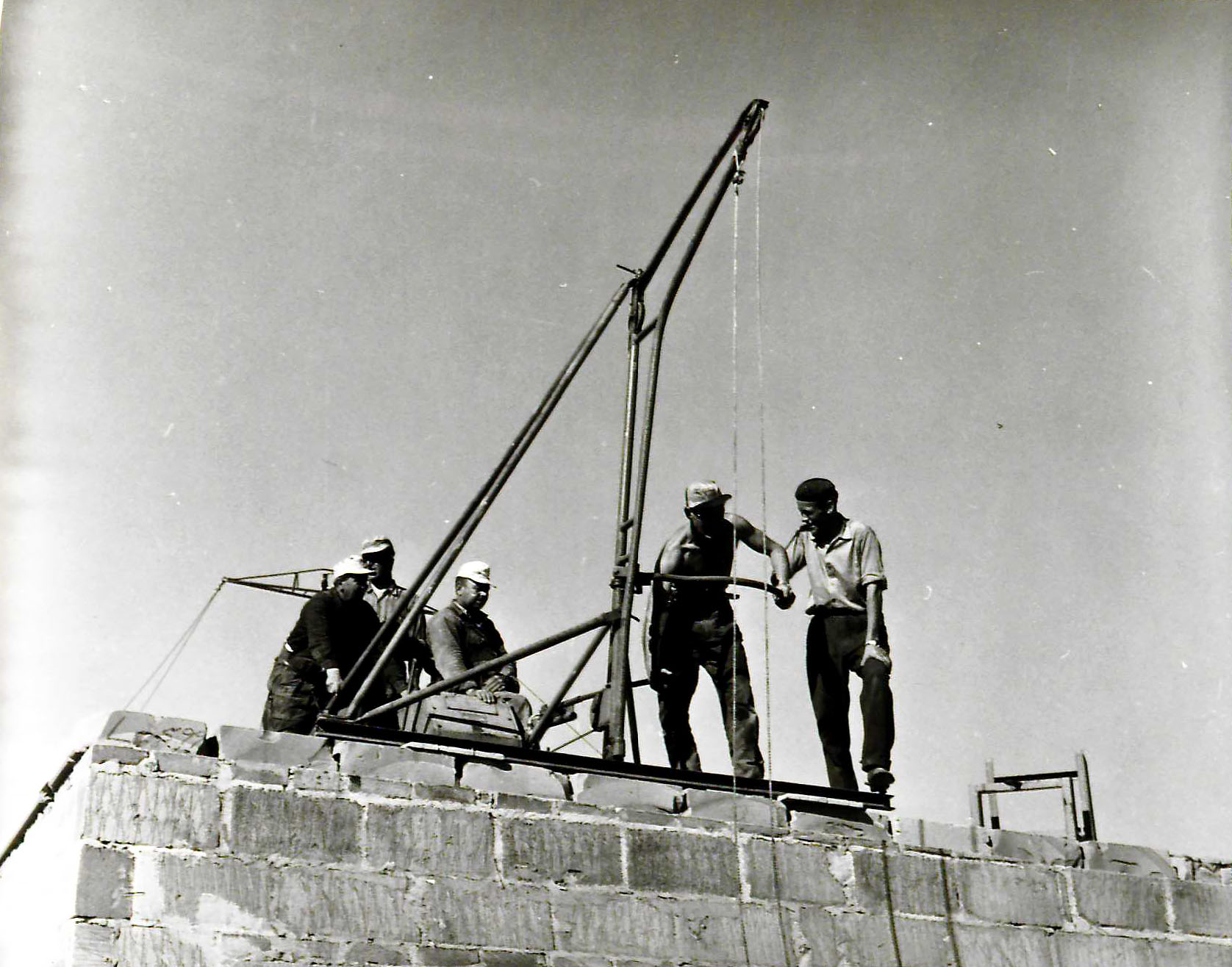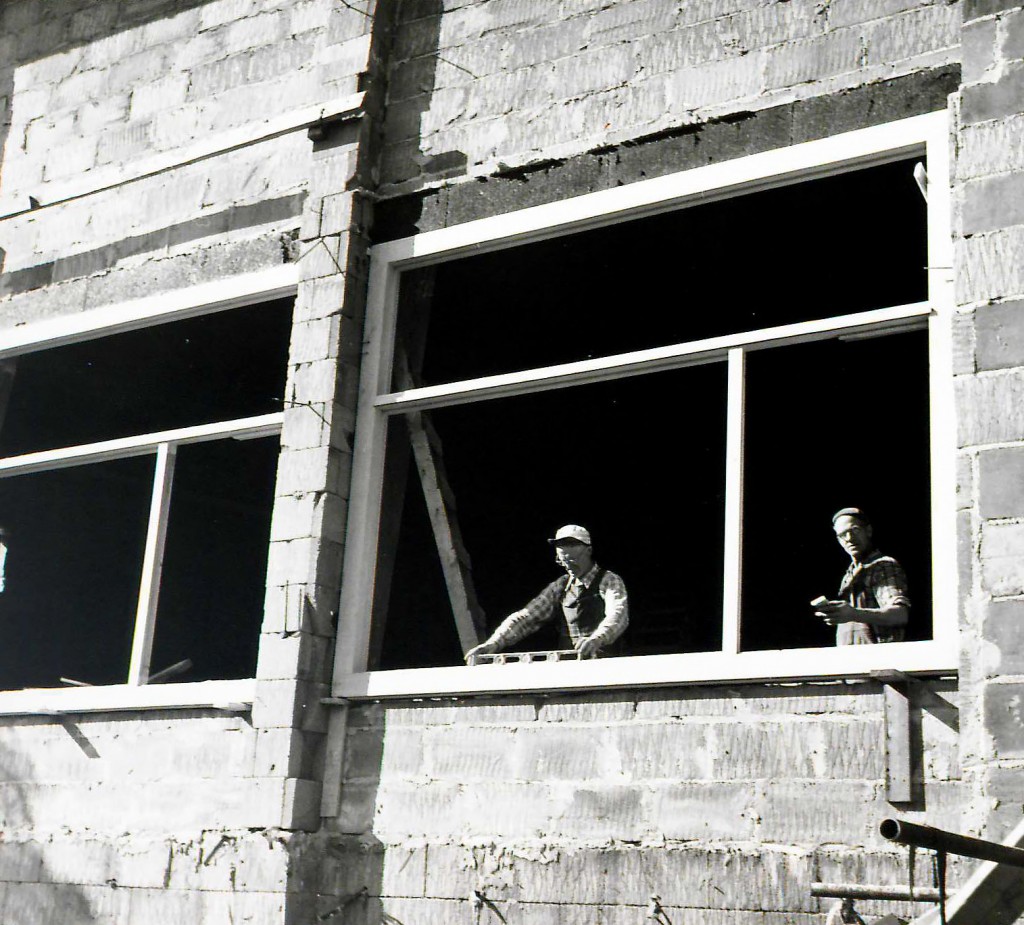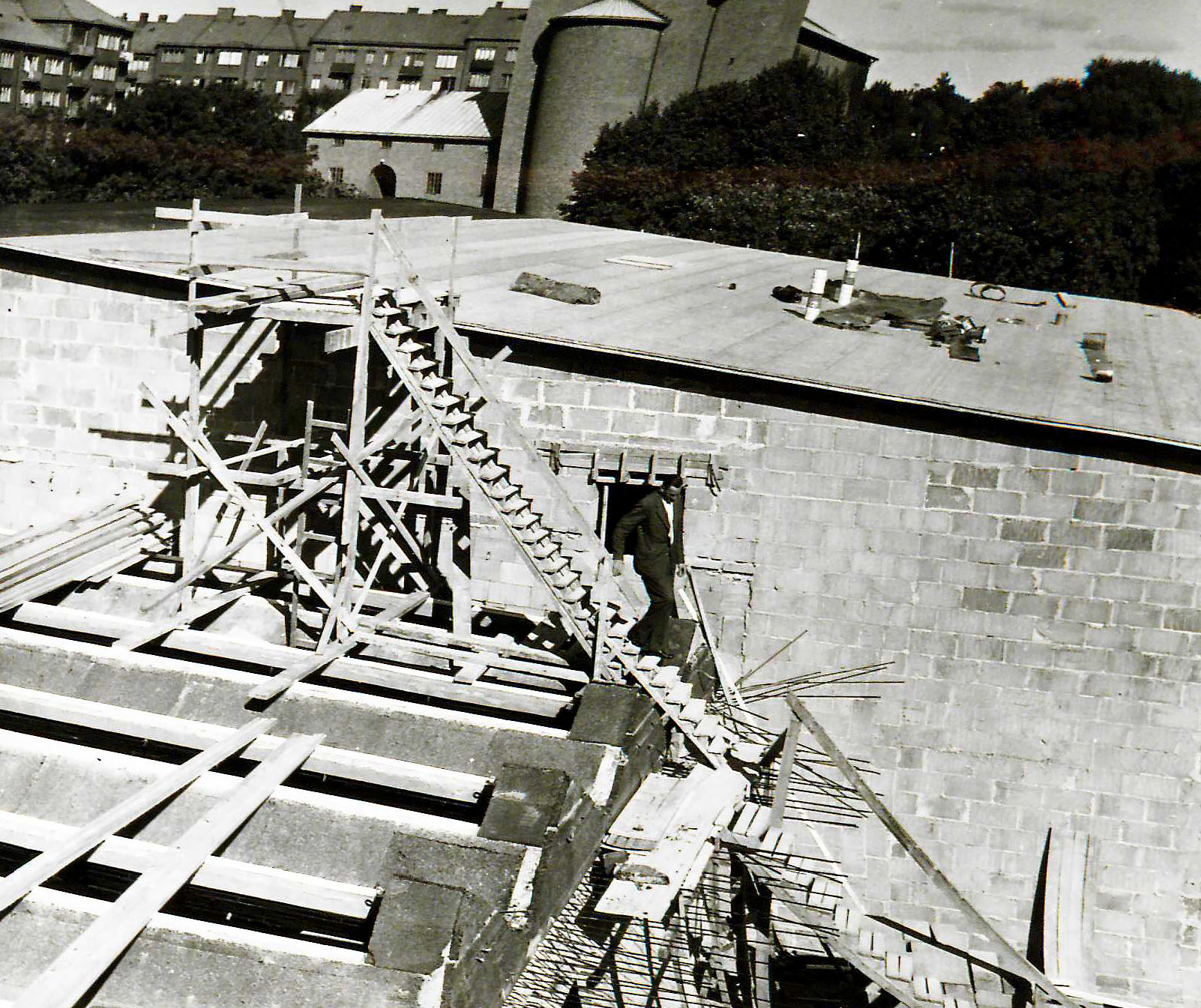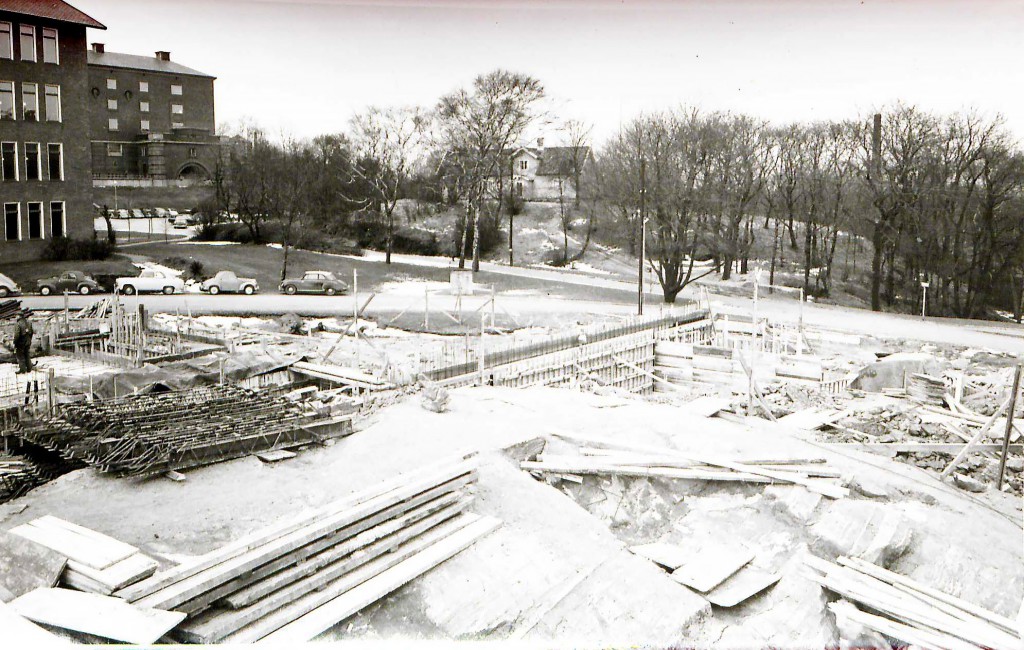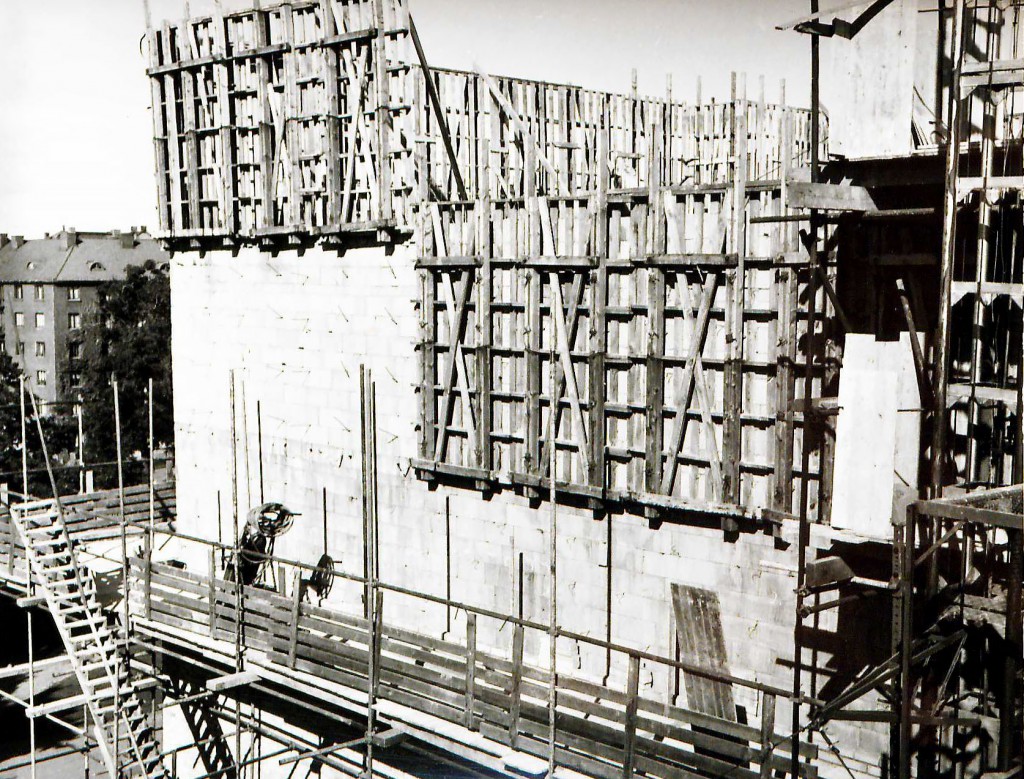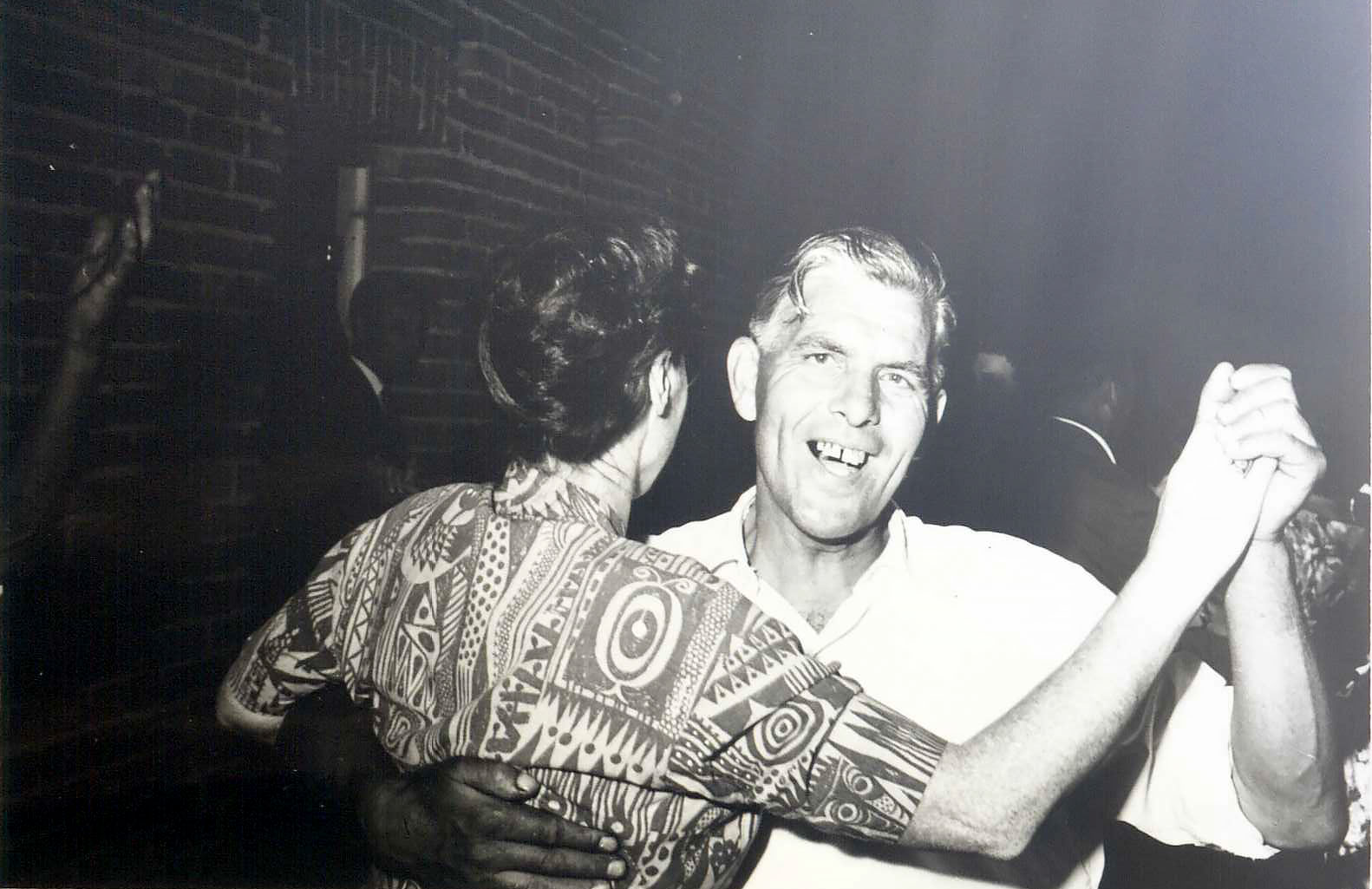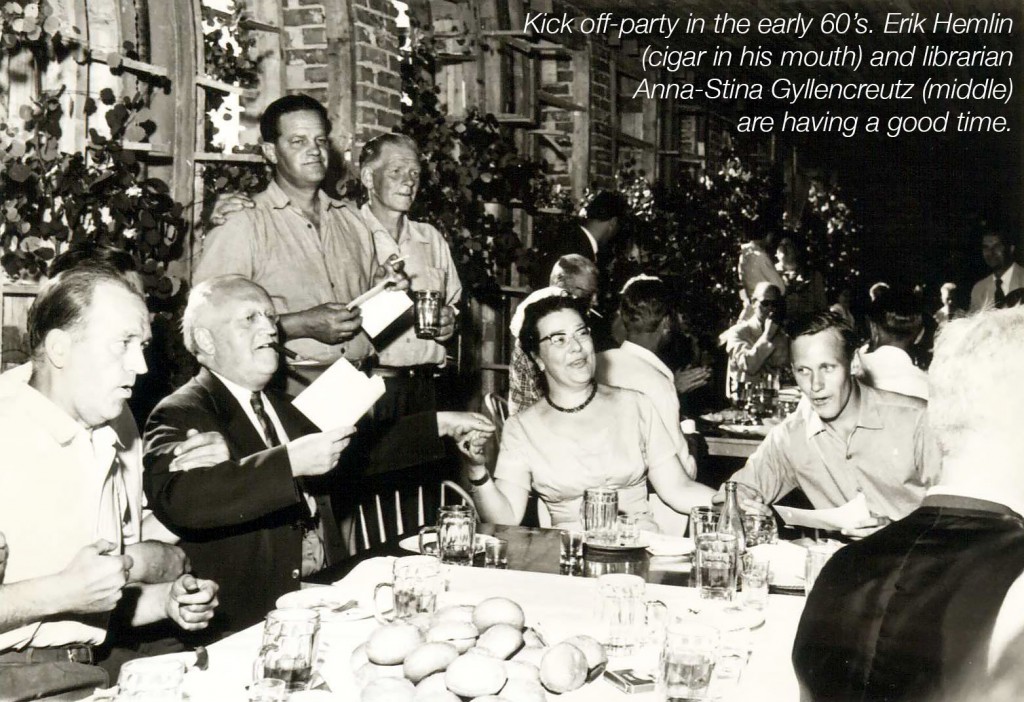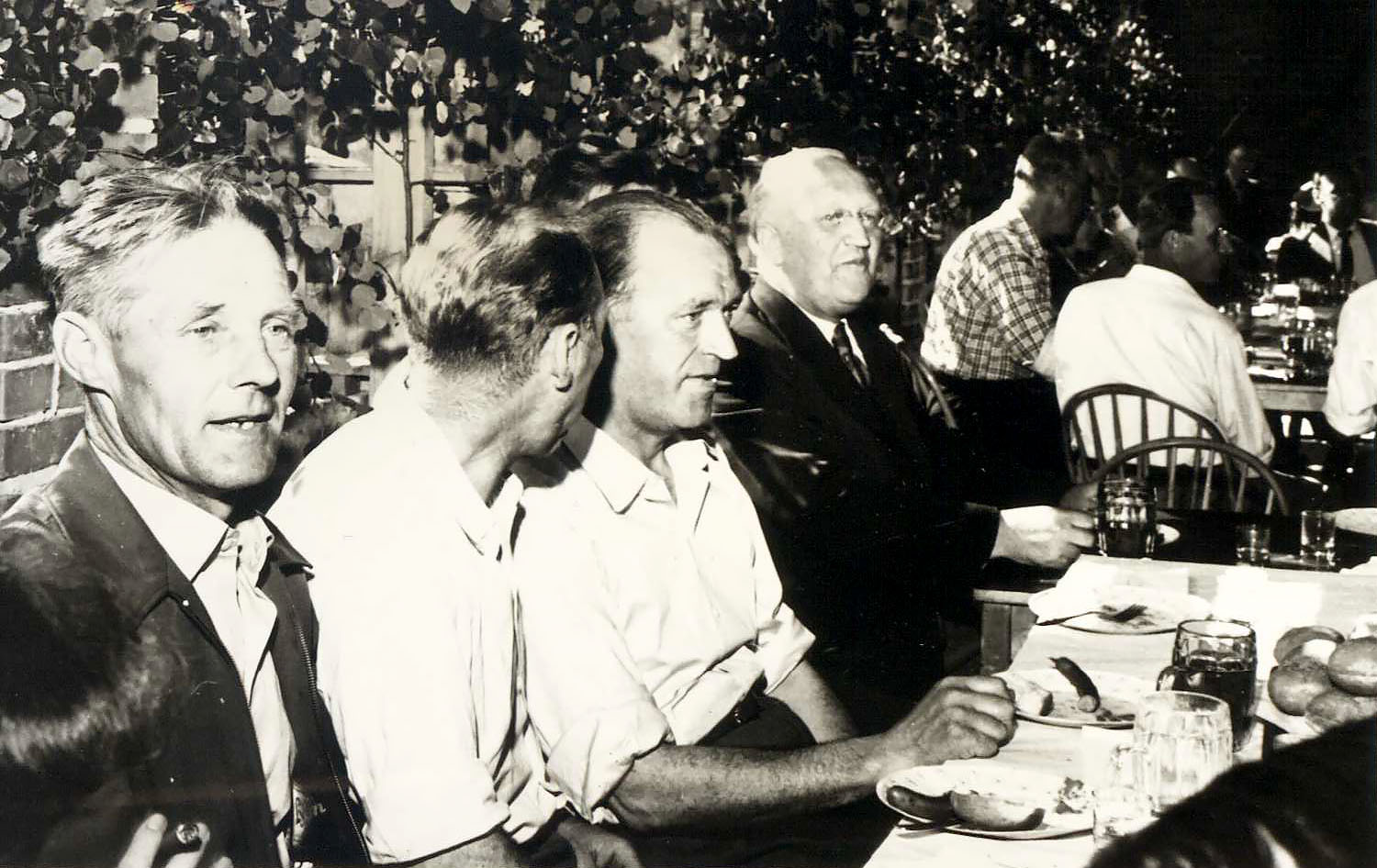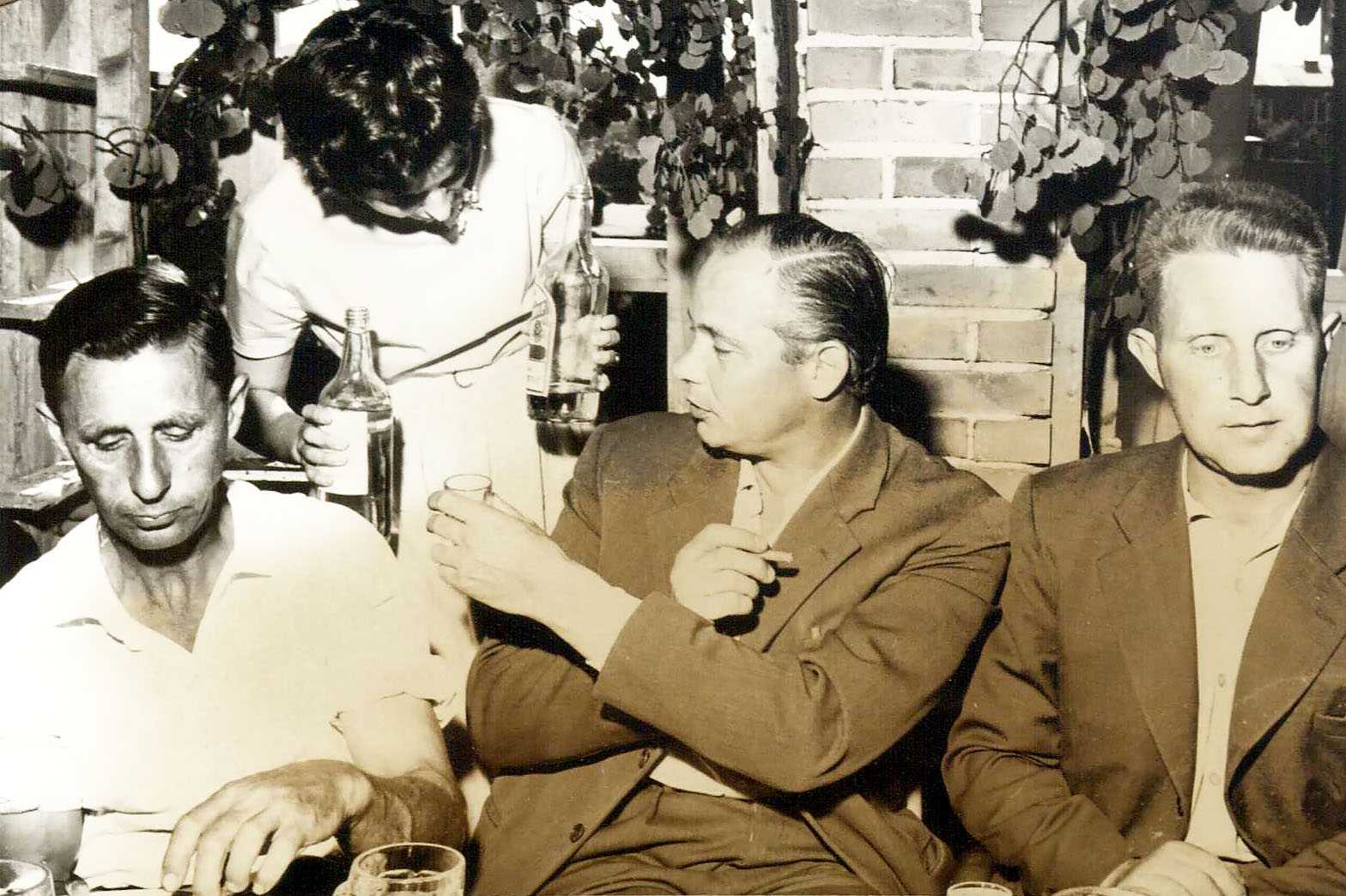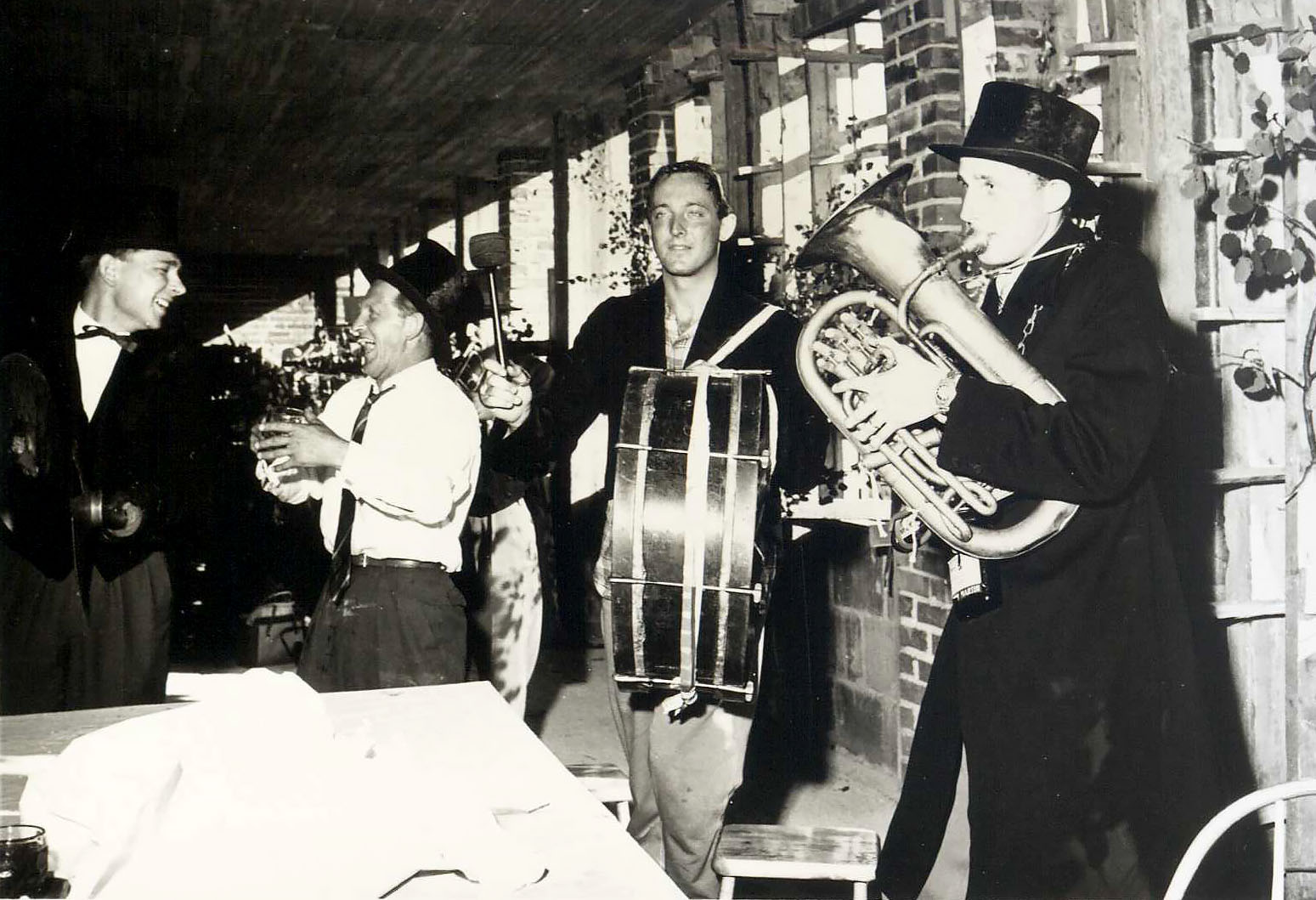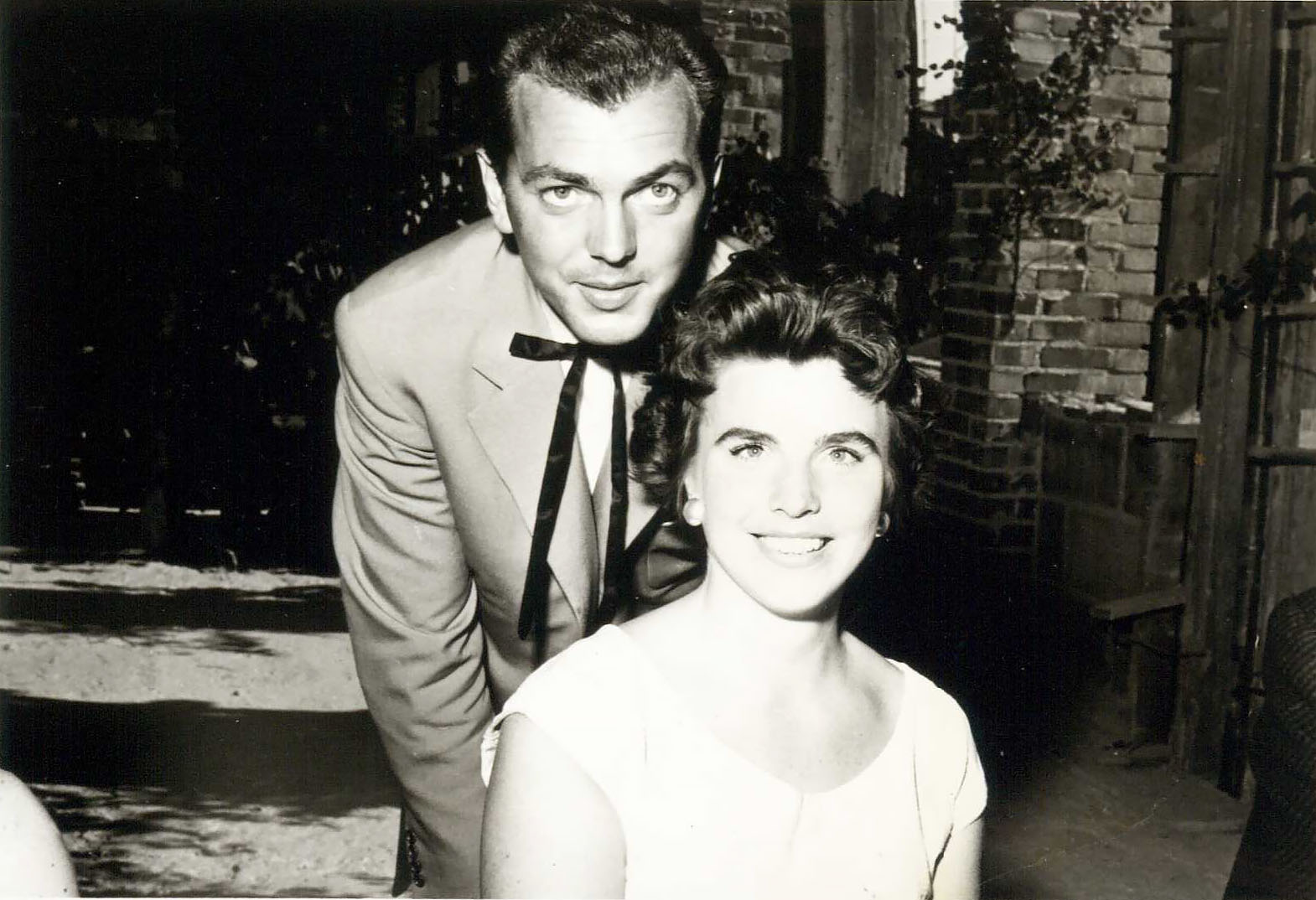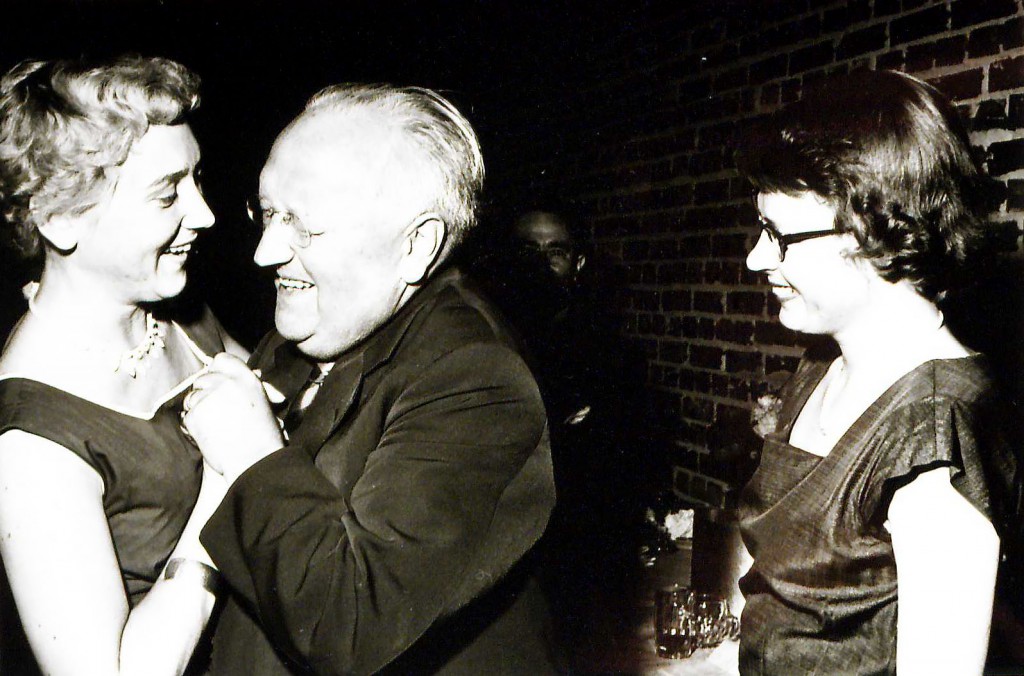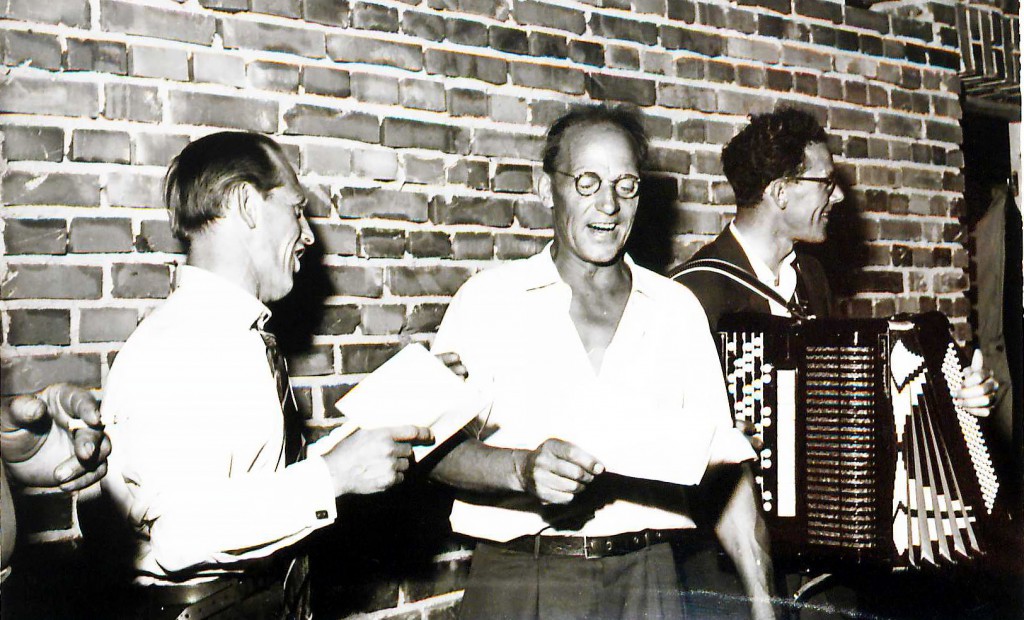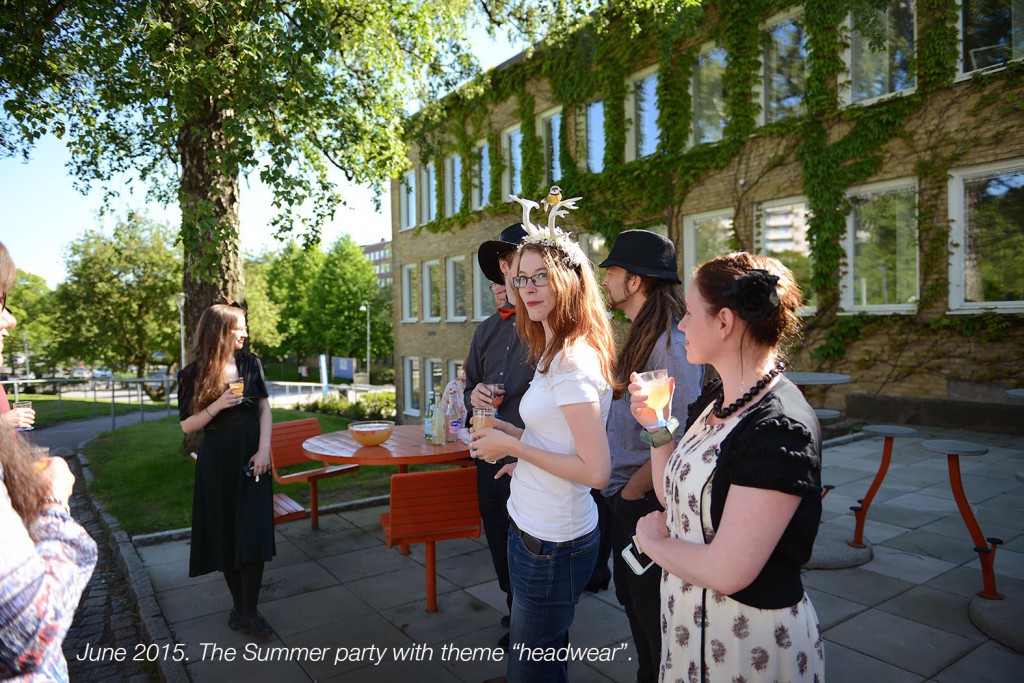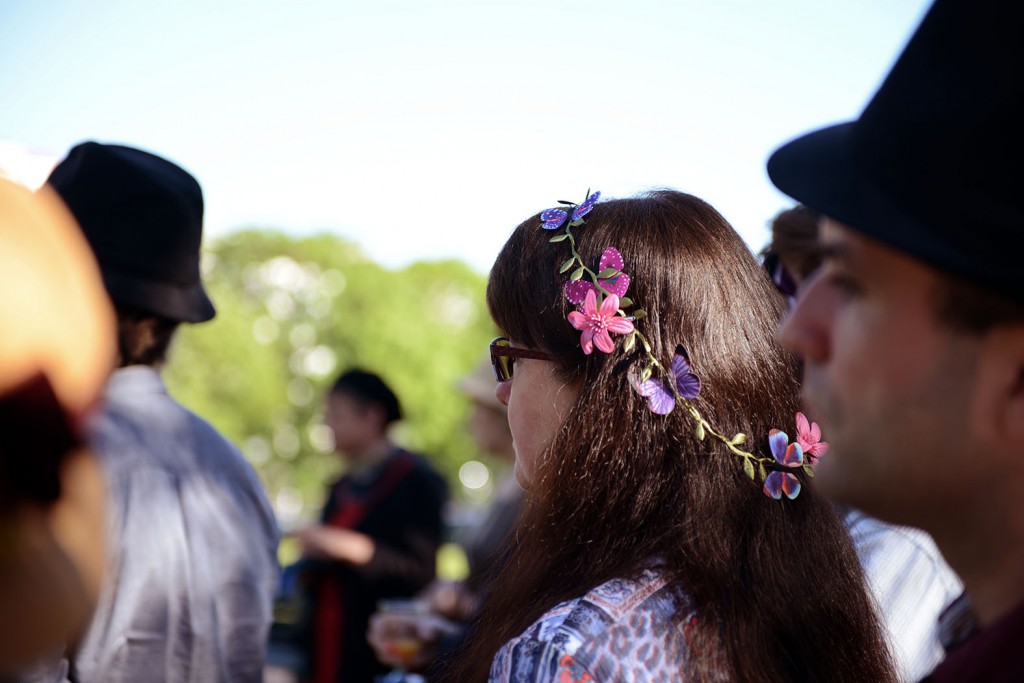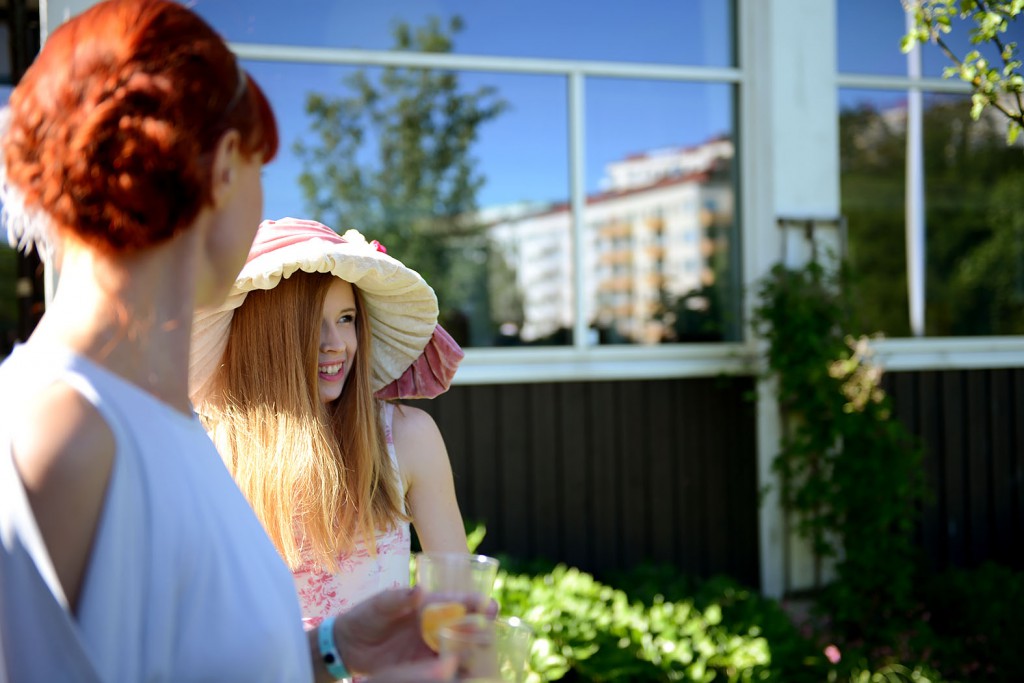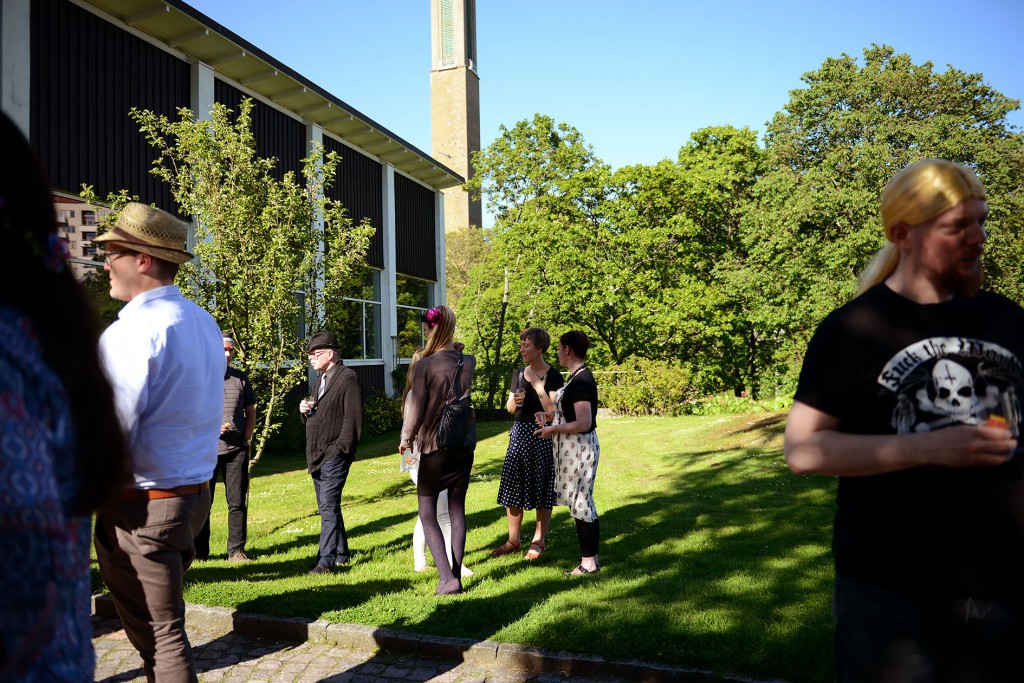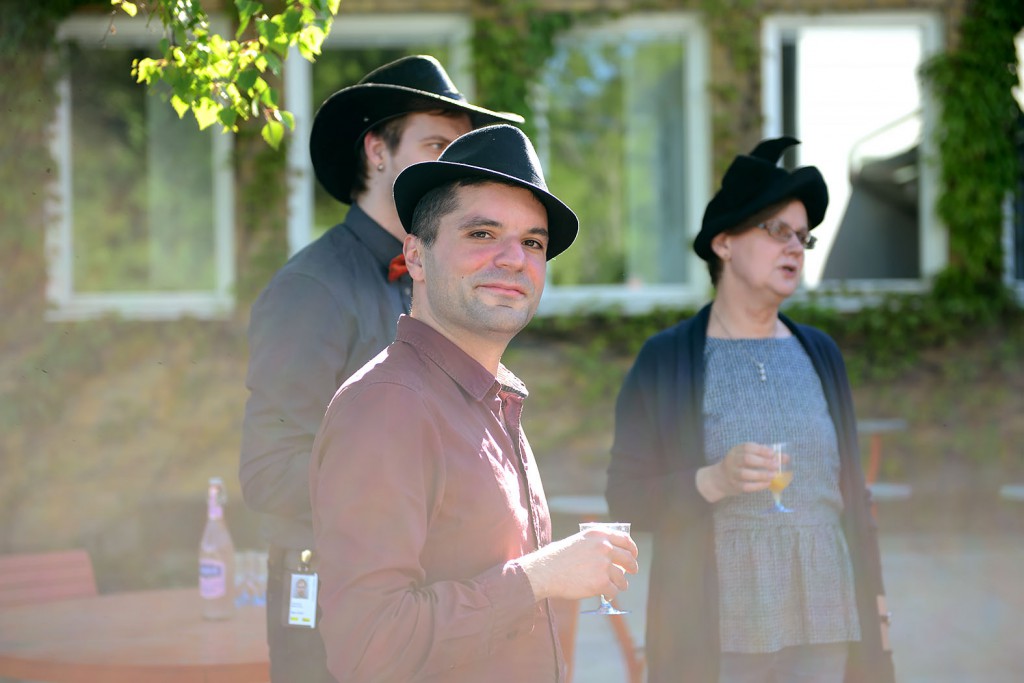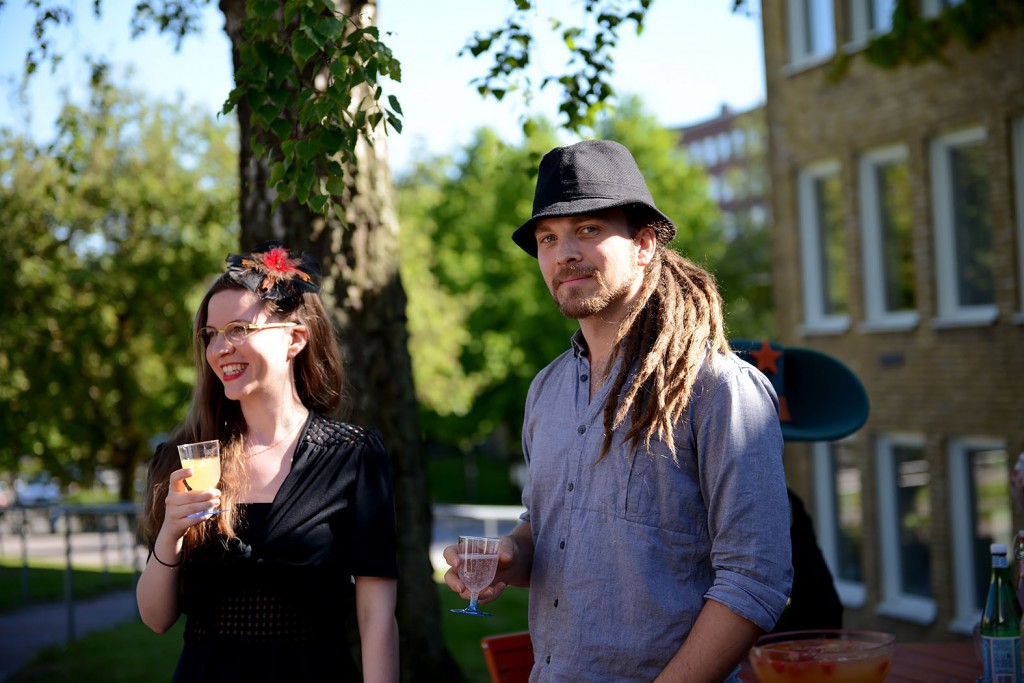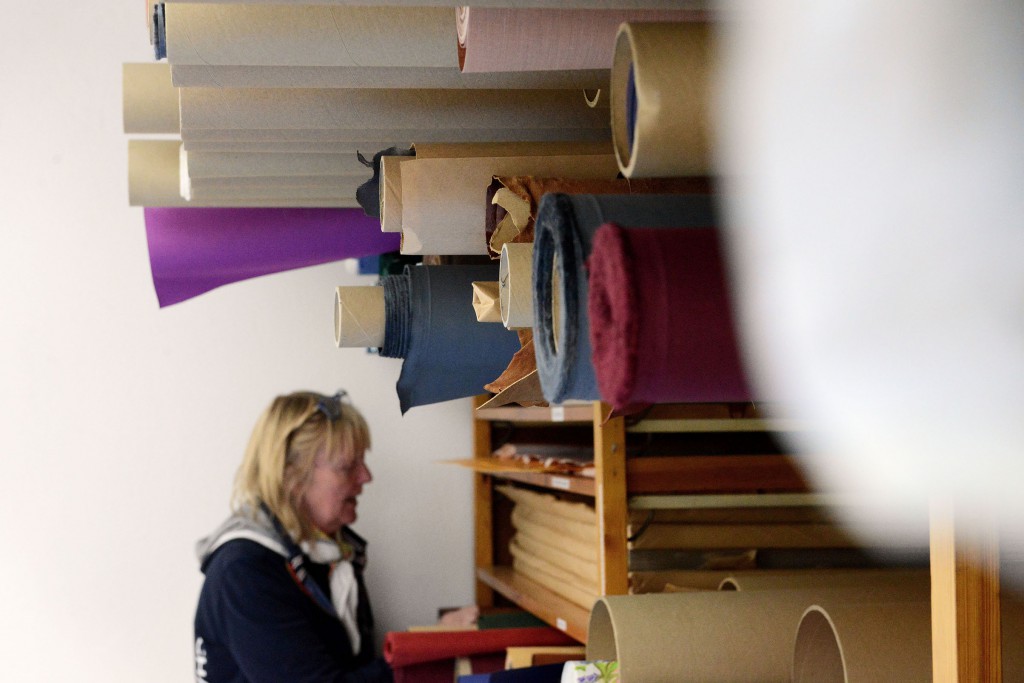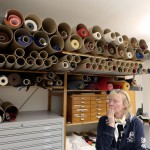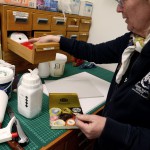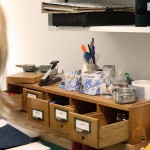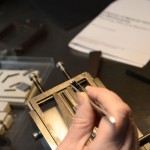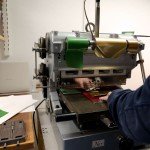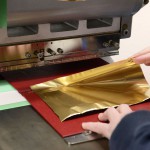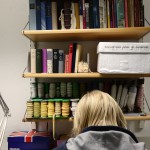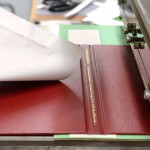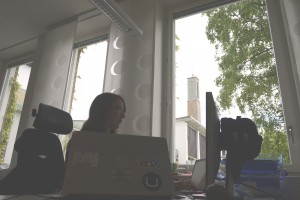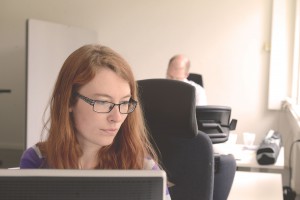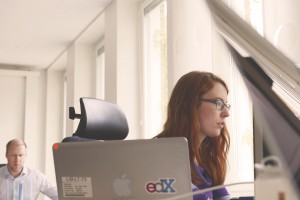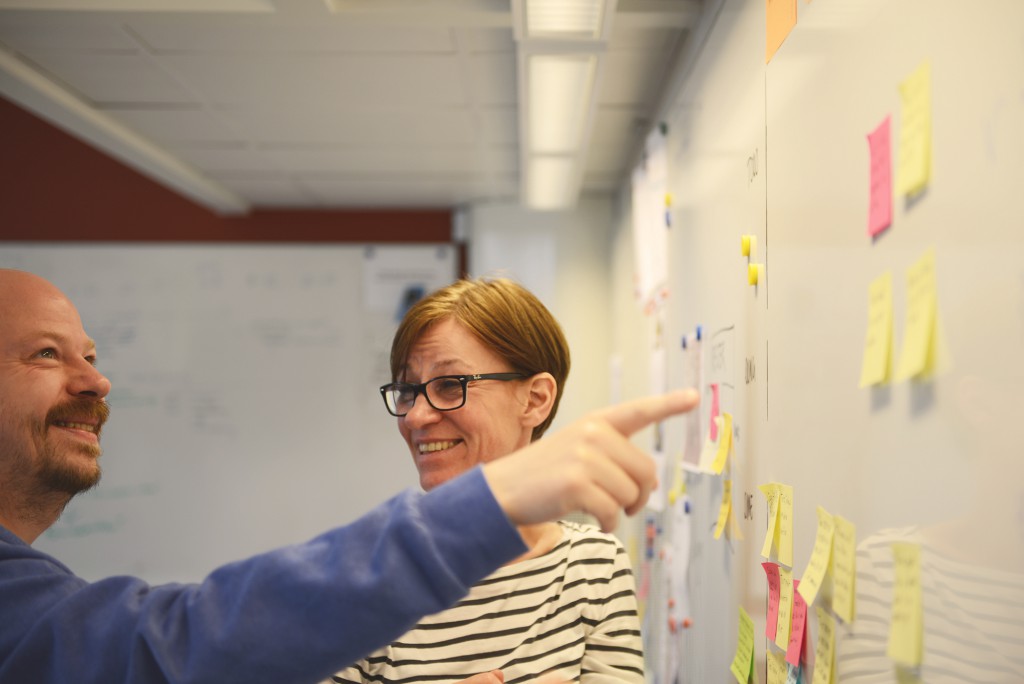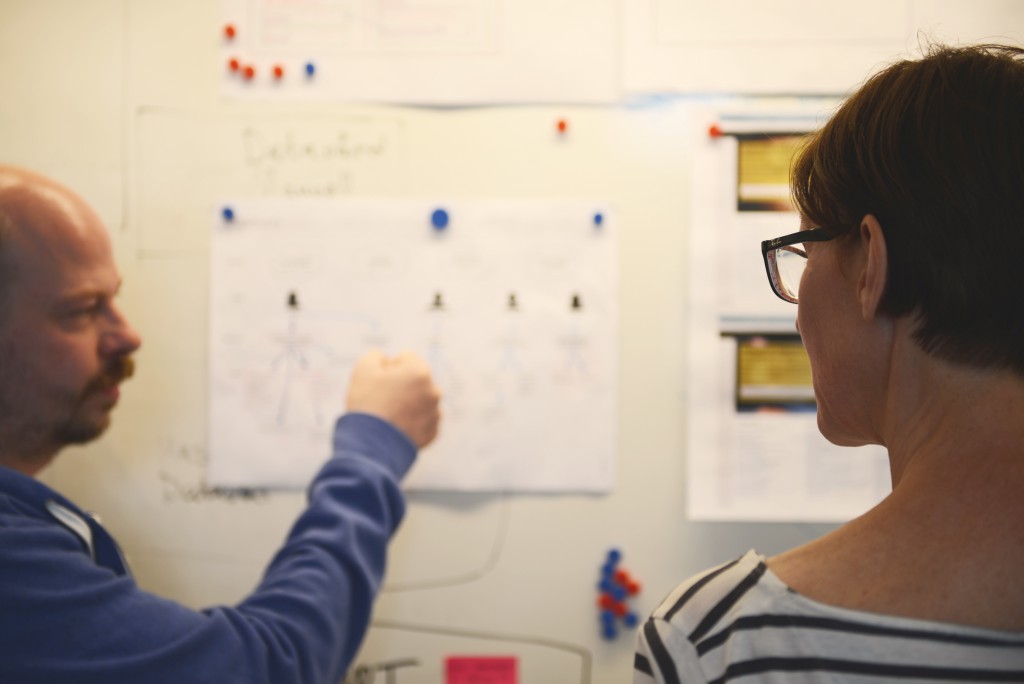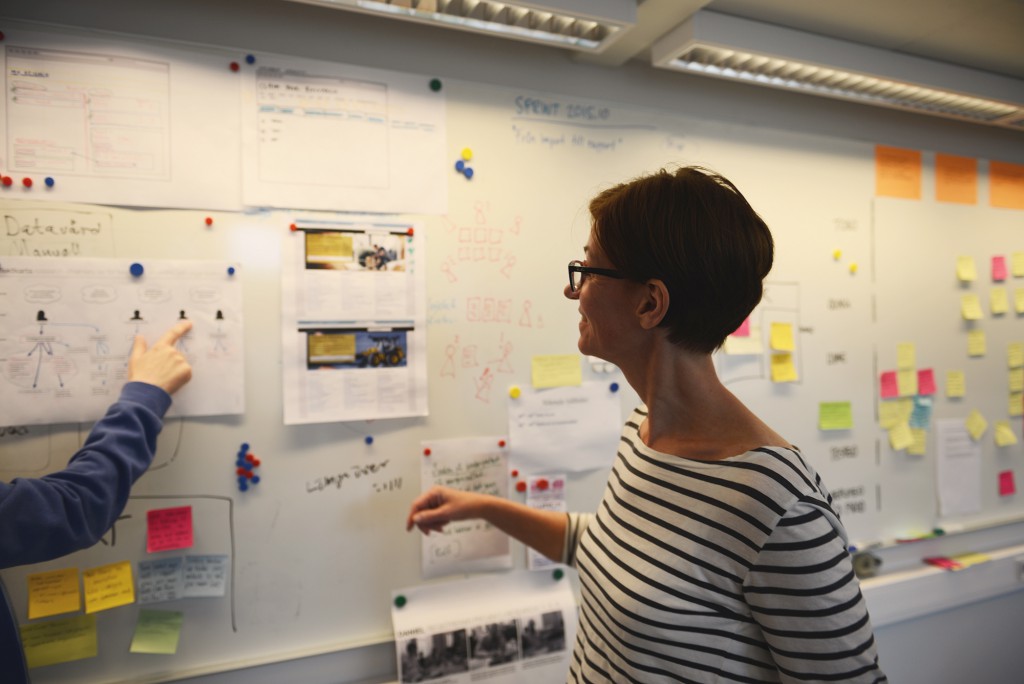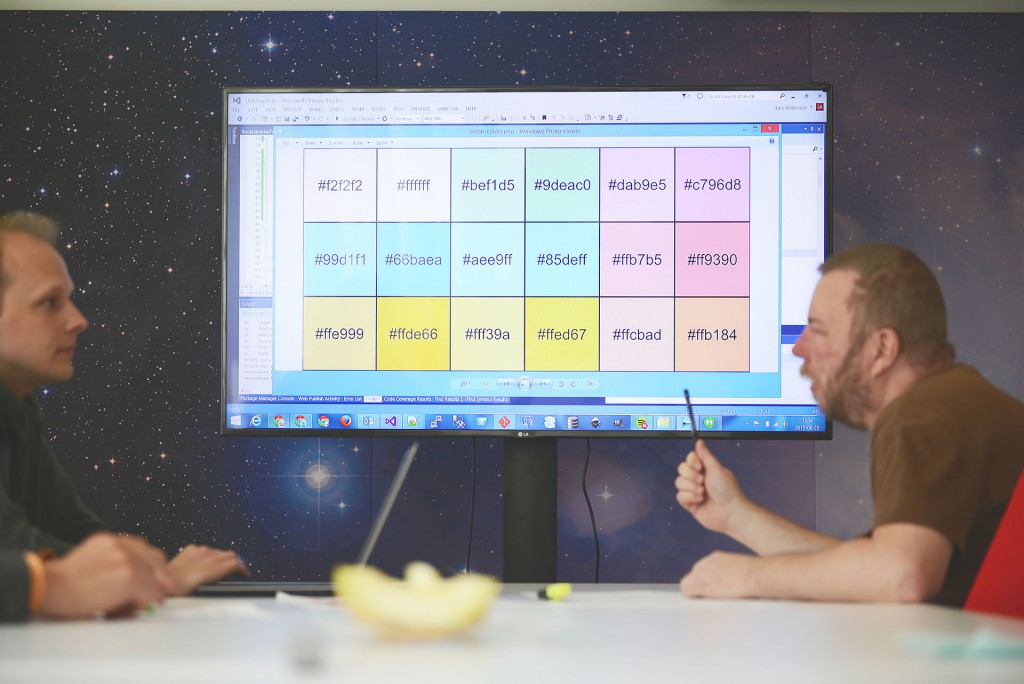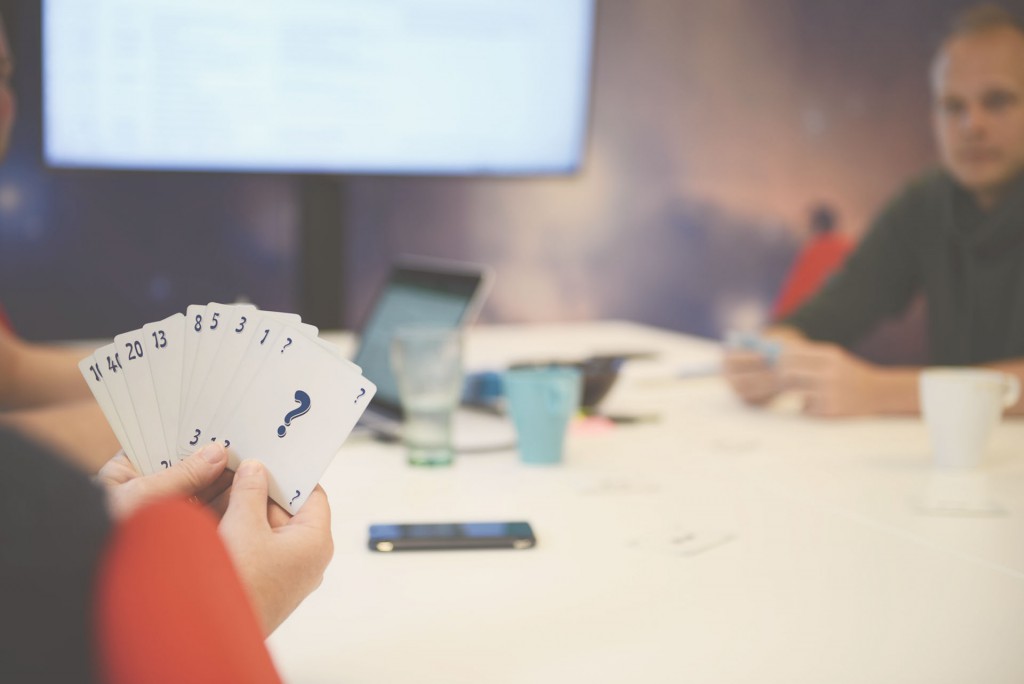In the 1820’s Carl Palmstedt travels through Europe, looking for inspiration to start a school. He returns with a library and other useful equipment. In an attempt to explain the library’s background, two colleagues went to the history collection Chalmeriana to find pieces of a two century large puzzle.
It smells like grandma’s garret. On the shelves are photo albums with pictures from recently built institutions next to catalogues with information about students that lived a century or more ago. Next to the door, diapositives are lined up and on top of that, a student’s lecturenotes from the ’20s.
The year is 1972 when Marie Ekman starts working at the library. Five years later she gets an idea: to collect the history of Chalmers University in one room. The initiative ends up in Chalmeriana – a constant growing collection of student magazines, photographs, history books etc. Today, part of it is digitalized.
Marie Ekman pulls out a large book and flips through a few pages of examined Chalmers students.
– Sometimes someone calls and wonders ”my grandpa went to Chalmers University, can you check what year he graduated?”, she says and reads a students’ lecture notes from the same decade.
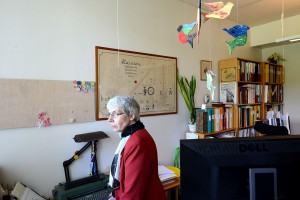
May 2015. Marie Ekman in her office.
– These were donated. Look, such a neat hand-writing.
It’s 186 years ago and Carl Palmstedt, the first vice chancellor of Chalmerska Slöjdeskolan, goes to Germany. His purpose is to find material, books and inspiration to start the new school for poor children. Everyone has the right to an education, no matter the size of one’s wallet, Pehr Dubb and his friend William Chalmers agree on. They claim that the begging will never stop unless the children are educated in the possible ways there are to earn one’s bread. The initiative to start a school is made possible through the will of William Chalmers.
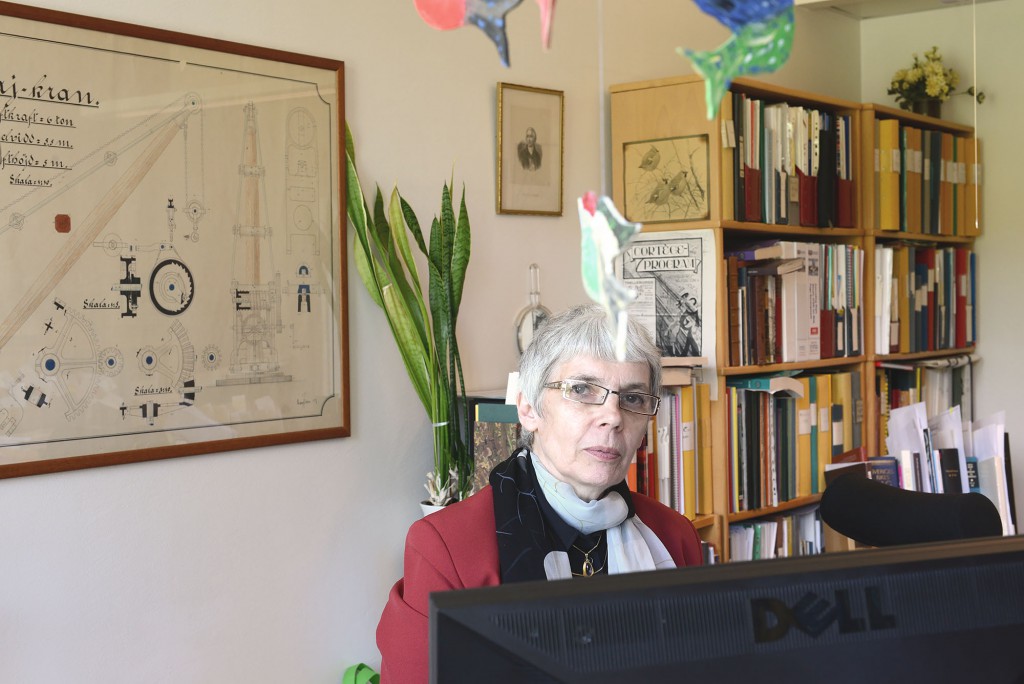
May 2015. Marie Ekman, librarian at Chalmers since 1972.

Campus Johanneberg, late 1950’s. The foundation of the new library building is being laid out.
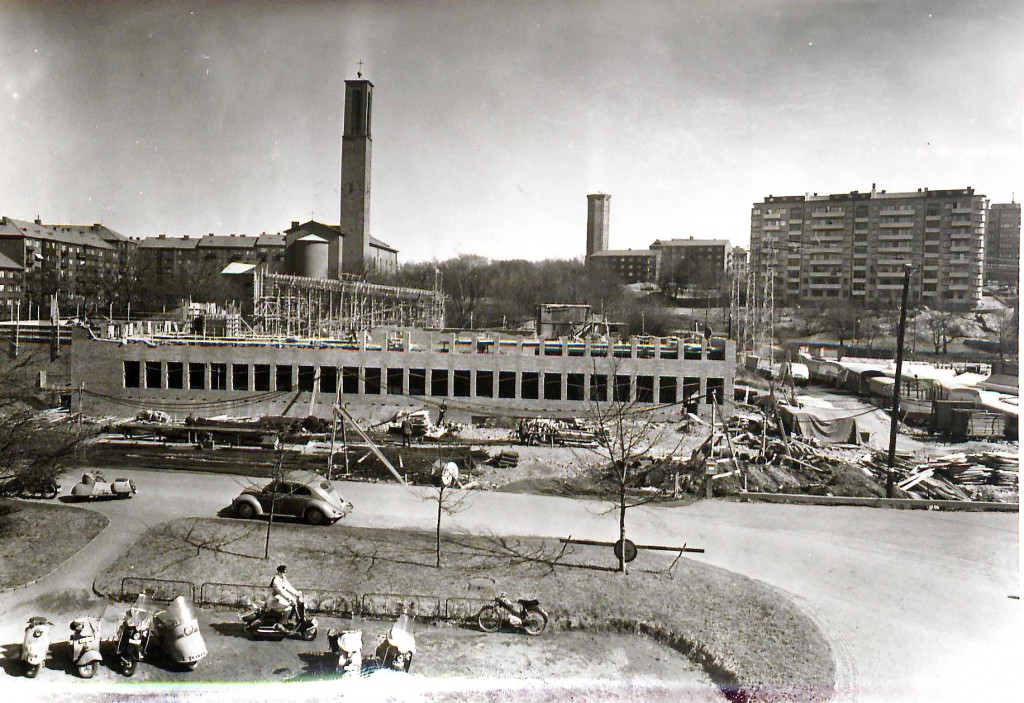
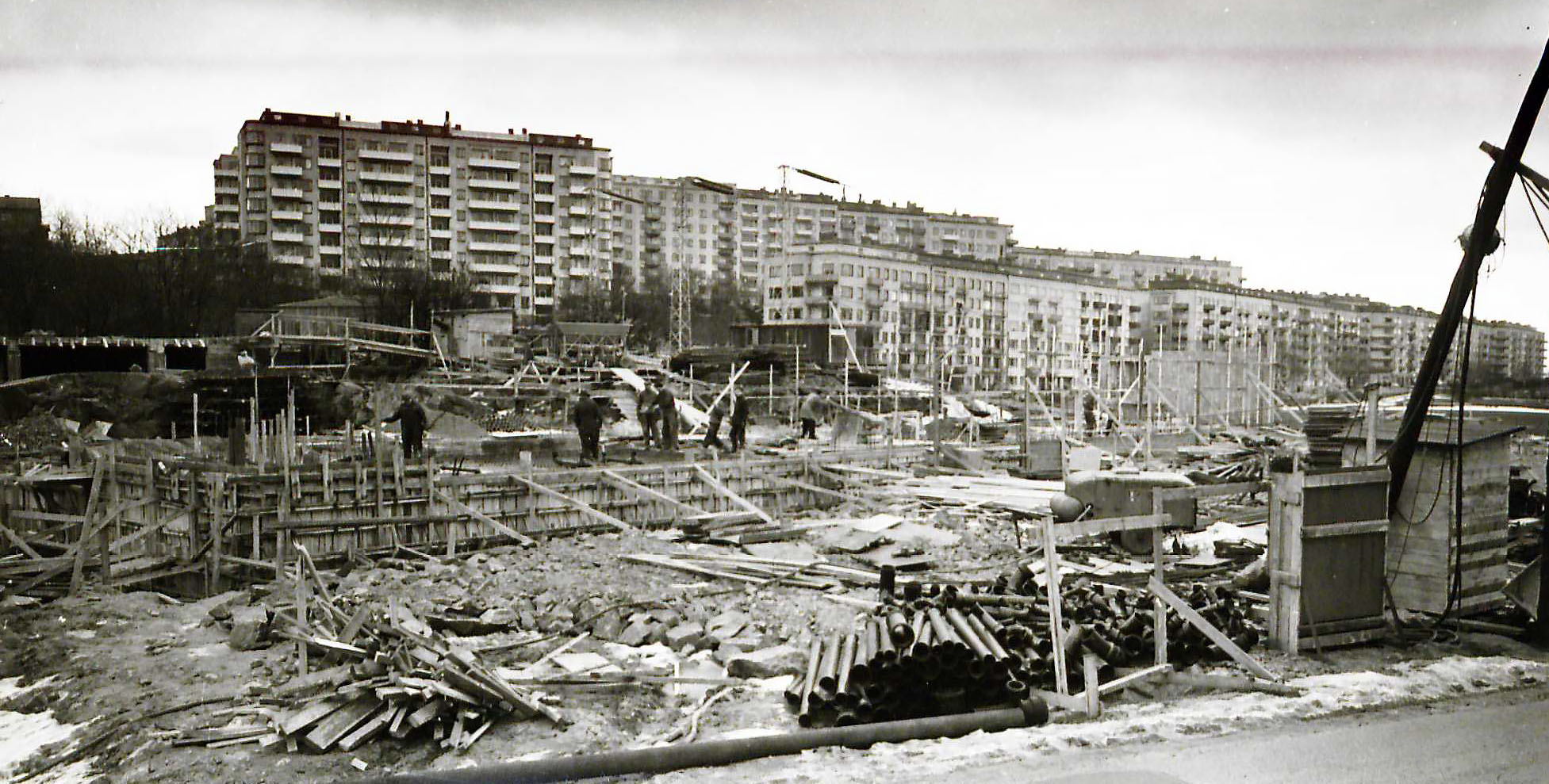
View towards Gibraltargatan.
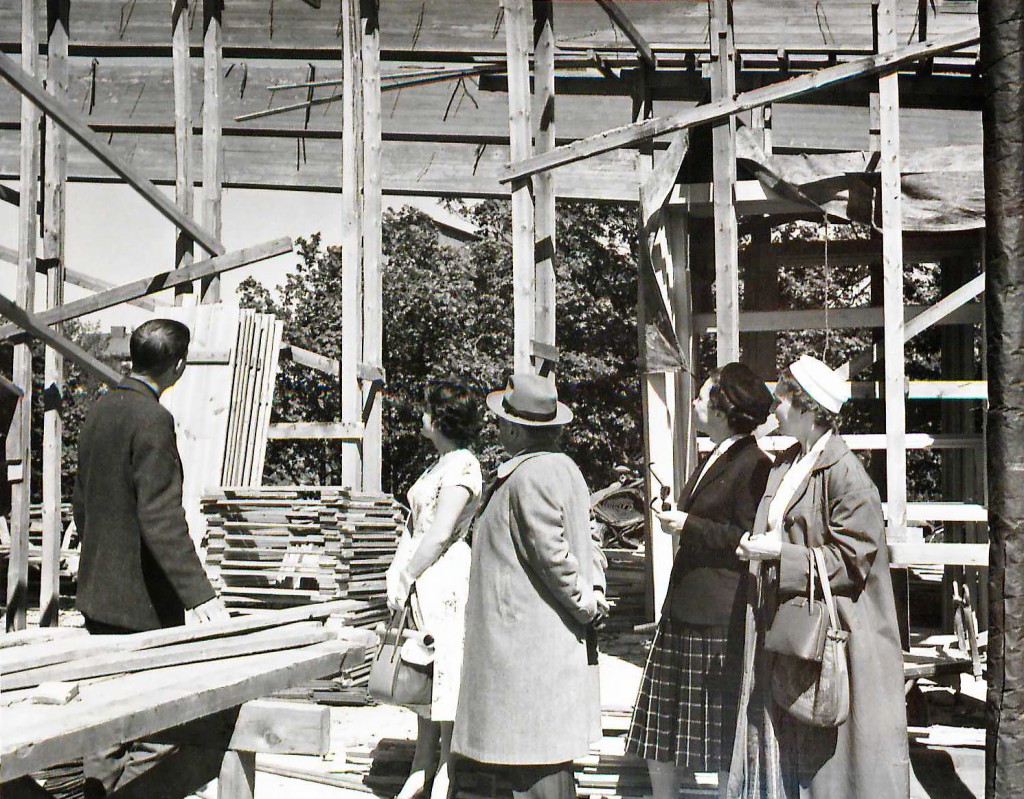
The staff are inspecting the progress.
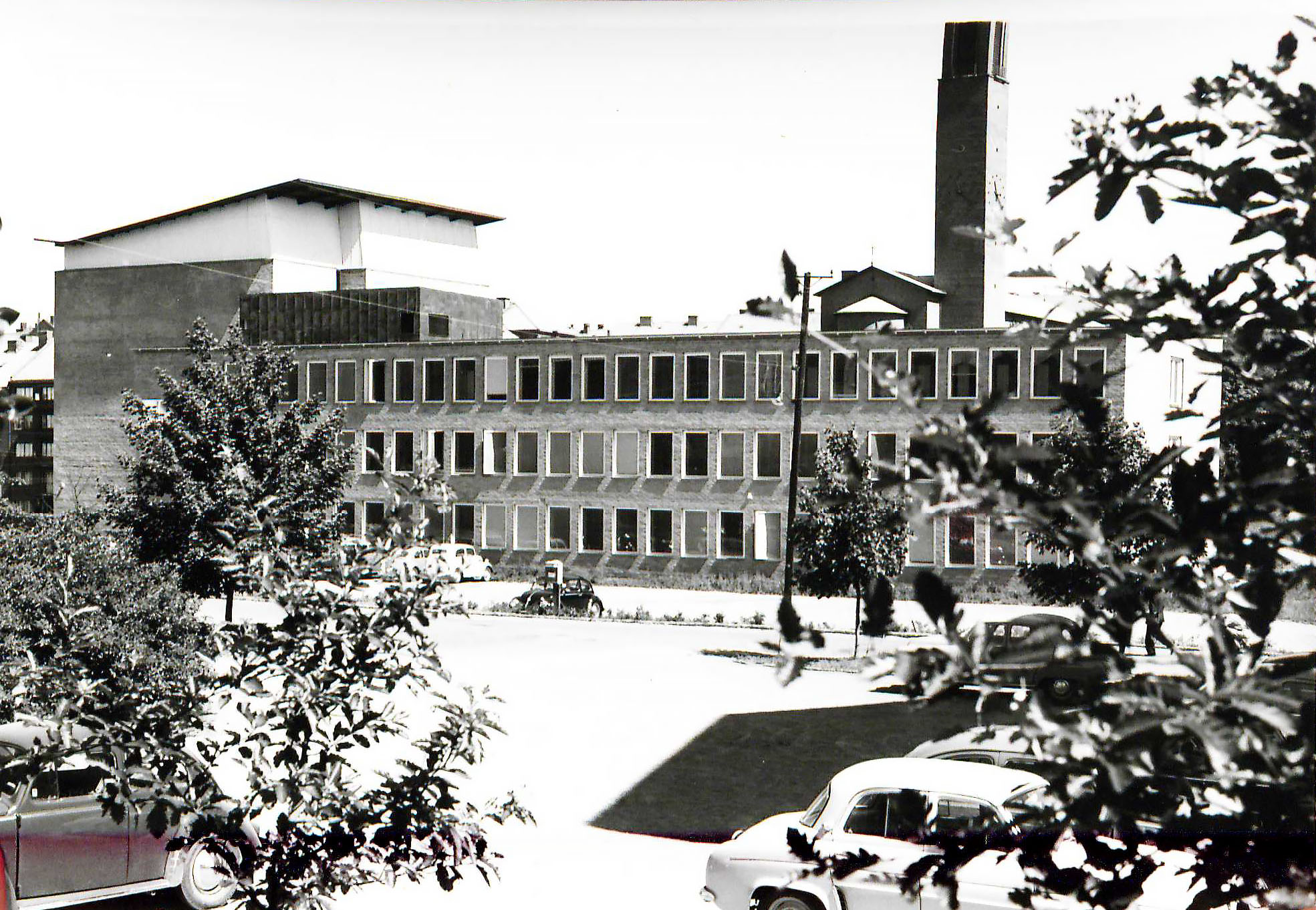
The new library building is completed in 1961.
”Of my own free will and with sound mind, I hereby appoint the property I will leave behind as I depart from this earth to a better world, in the matter indicated below. All that which I will leave behind (…) I dedicate to the Sahlgrenska Hospital here in the city and to the future establishment of a certain Industrial School for poor children, who shall learn to read and write and who shall be and remain the sole heirs (…)”
William Chalmers’ will
It’s the 1920’s and the first house is built on campus Johanneberg – ”Origohuset”. The area is the closest one that is free to build upon.
– The students thought it was terribly far away. They believed they were ”deported to the Rocky Mountains”. At the time, the area between the central parts of Gothenburg and Johanneberg was a a part of the countryside, says Marie Ekman.
It’s 1929 and His Majesty Gustav V comes to visit Chalmers to mark the 100th anniversary. During the decade to come Erik Hemlin, the library’s first Library Director, builds a steady organization.
He travels over the Atlantic Ocean to visit the Library of Congress, America’s
national library in Washington, and brings back their classification system LC which will be adapted and used in the library in decades to come.
In 1937, after years of negotiations, the school gets to call itself a University of technology and educate Masters of engineering.
It’s the beginning of the 1960’s and the amount of students has grown. It’s becoming clear that the venue is too small. The relocating of the library is made gradually, from Storgatan to Johanneberg. In -61 the new library opens up but the venues at Storgatan are not abandoned until the early 70’s.
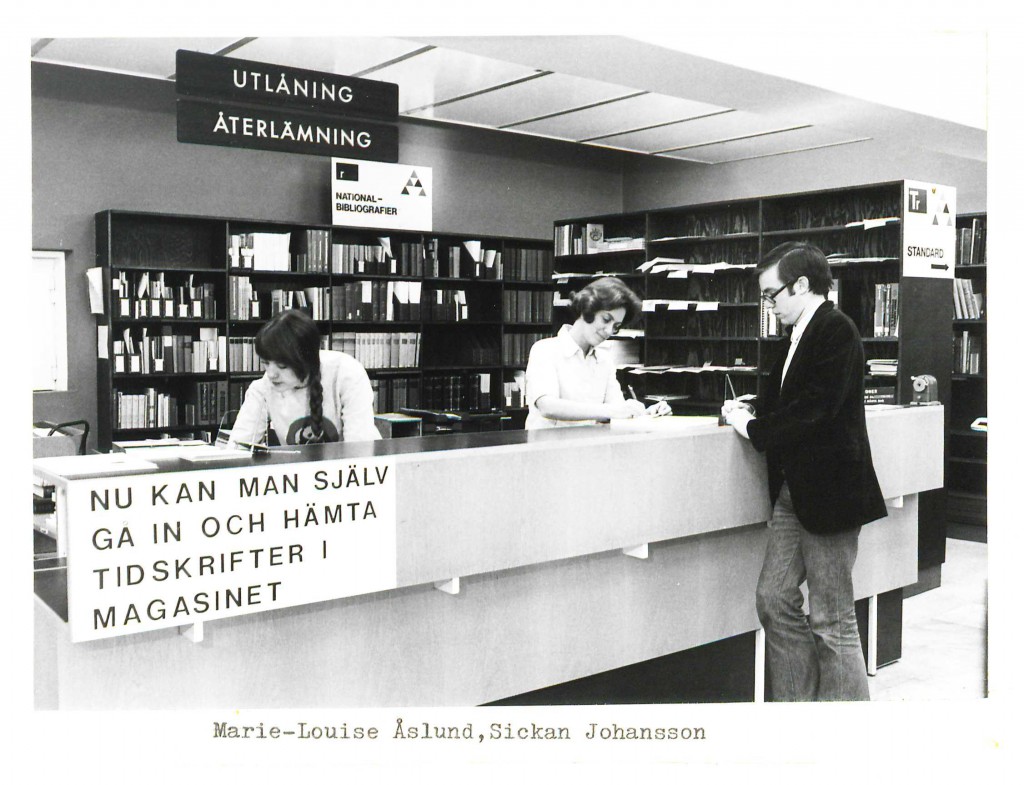
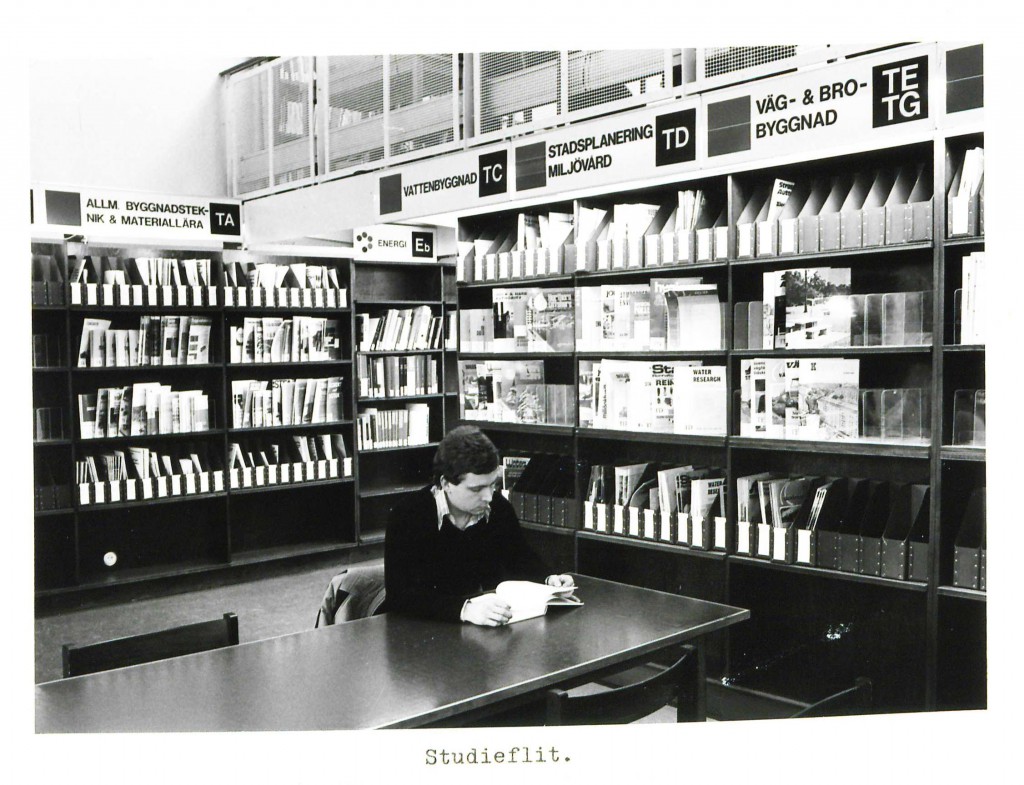
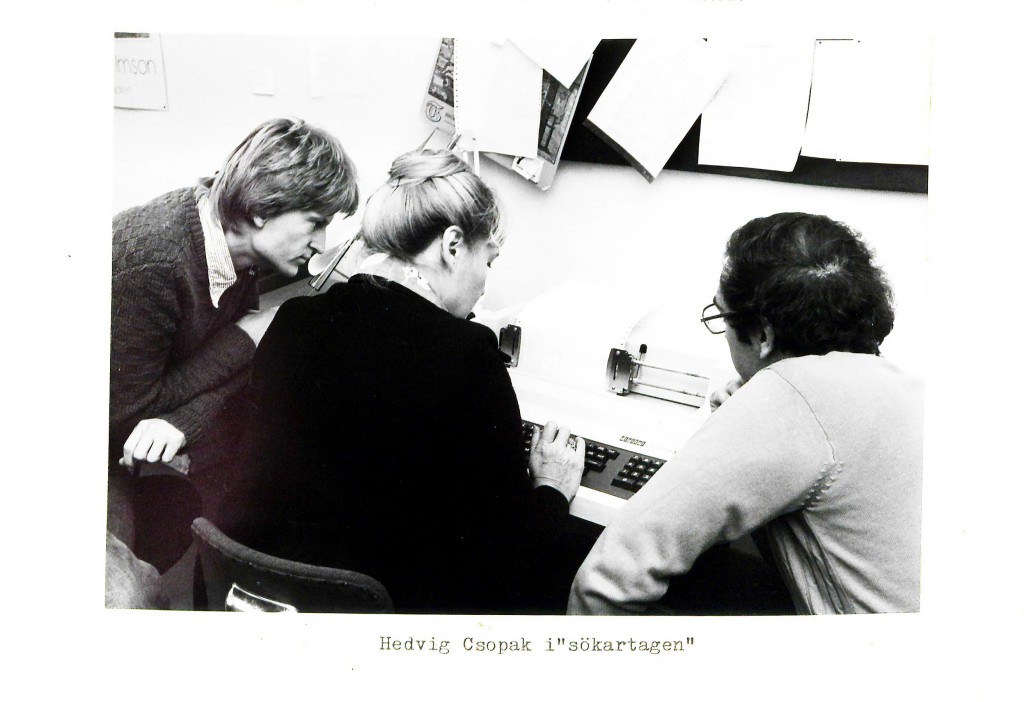
”What makes Chalmers unique is that they managed to open an old established library, which was already set to the closed system. The transformation has taken us three years, said the Library Director Sven Westberg, who praised his staff after their hard work”
Göteborgs-Posten, February 25, 1977
Marie Ekman walks into here office, pulls the chair out with a casual move. She has done that a million times before. On the desk, under a pile of papers, is a remnant from earlier years: her electric typewriter. Forty years ago it was the hottest thing around.
– Things were a little bit different back then, she says and starts talking about the massive change of technology that has characterized her time at Chalmers.
– When I started we wrote loan receipts by hand and when we needed to remind someone about returning their books we had preprinted cards that we sent out. Computers were giant machines that required giant computer halls. Everyone realized they could be useful in libraries, but they were still too ungainly.
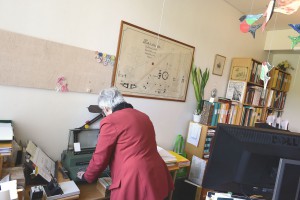
Marie Ekman still uses her electric typewriter sometimes, approximately once a year.
It’s the mid ’70s and the first computer for online searching is delivered to the library.
The library is soon connected to Libris, a computer terminal and online database, located in Stockholm. Chalmers Library gets another computer to support the system.
– We named it Orvar. He was regarded a real weirdo, says Marie Ekman.
In 1978 Chalmers Library writes library history. As the first University library in Sweden, they reorganize the collections and parts of the closed book- and magazine collection. Around 800 000 publications are re-signed and the patrons are free to pick out the literature themselves. Other libraries, such as the one at Gothenburg University, follow the example.
The library starts expanding physically and the extended parts towards the Chemistry Department is built. Meanwhile the library gets ”Vind i seglen” – a wooden sculpture made by Bengt Lundin, which still can be seen hanging from the ceiling of the quiet study room.
It’s the ’90s and the staff is adapting to the new, technical world. The library starts
building the digital library and in the year 2000 they offer more electronic resources than printed. The following years is a challenging period for the library and for a some time there is a reduction in staff members, says Daniel Forsman, Library Director since 2013. It wasn’t until 2009, the same year he started at Chalmers, that a new business plan for the library was written.
– We found a new focus where the library is responsible for collecting and disseminating information about Chalmers research results. That was the beginning of new contacts at the institutions. After that we hired people with front edge competence to strengthen the ones we already had. Along came new energy, new initiatives and a developing era, with new electronic services, a new website and the agile way of working.
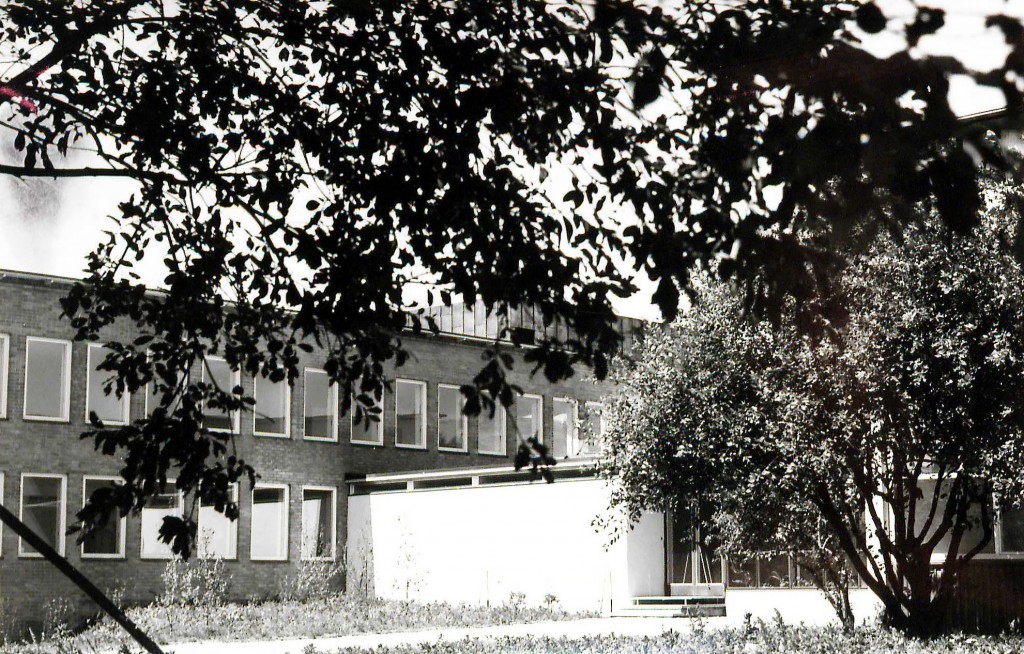
1961. The Main Library at campus Johanneberg opens up.
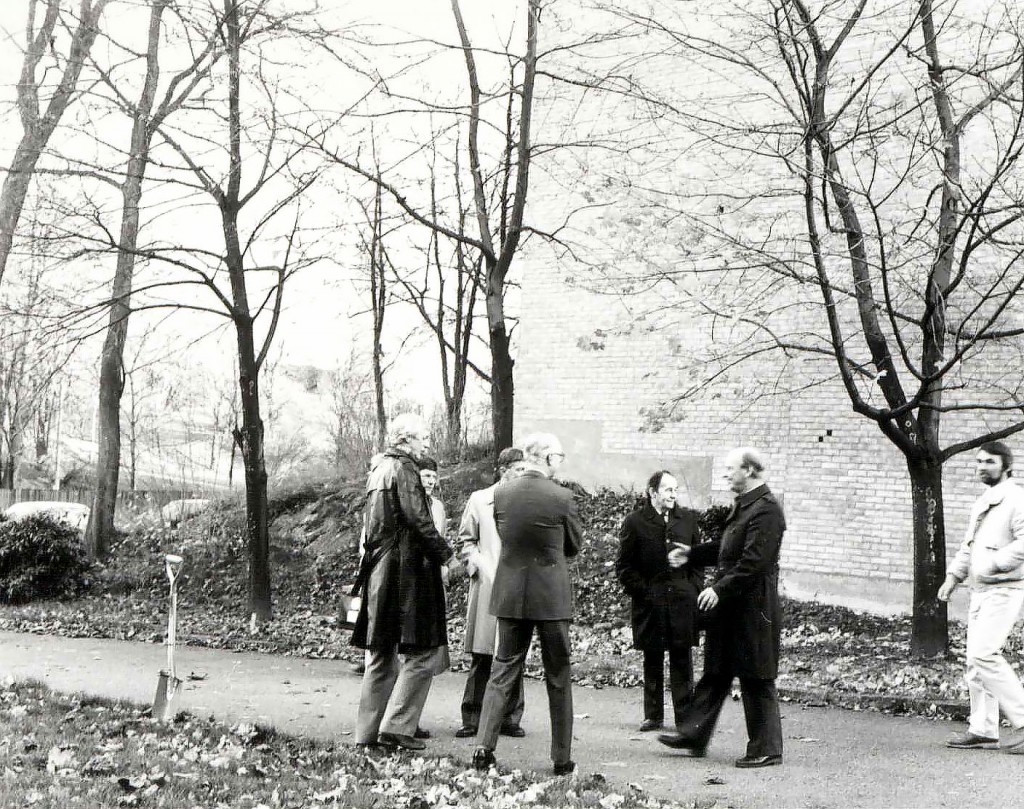
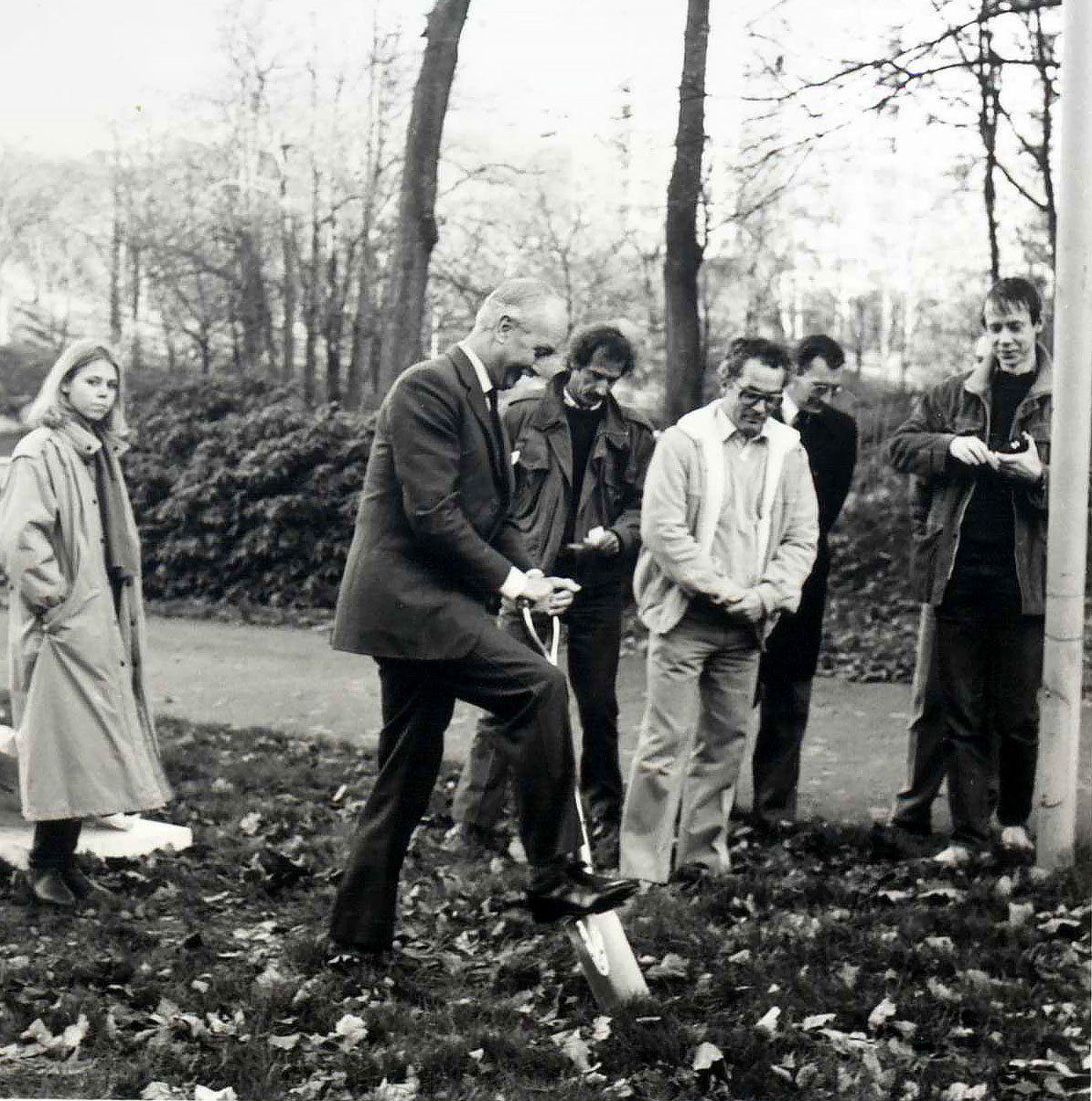
1985. Library Director Sven Westberg starts digging for the new library building extension towards the chemistry building.
It’s May 2015. Although the many changes the library has gone through, there are things that stay the same. Daniel Forsman and Marie Ekman agree on that the core is constant.
– We are still here for the same reason: to help people find exactly what they need, says Marie Ekman.
– We’re still making sure that people have access to the information they need to be successful in their research. We’re still building services and we’re still the place where people go to find information, help and inspiration. It’s just taking new forms, says Daniel Forsman.
]]>
